Jean-Pierre Beltoise
What can be said of a driver who, after an accident in which he loses the mobility of an arm that must be immobilized in one position, to the surgeons who ask him which position he chooses he answers "that of driving"? In this answer there is all Beltoise. Not a protagonist but a complete driver who had embraced the cause of engines at 360 degrees. Tim Parnell - his erstwhile team manager at BRM - always reckons that “if he'd only had full use of both arms, he could have been a true great.”
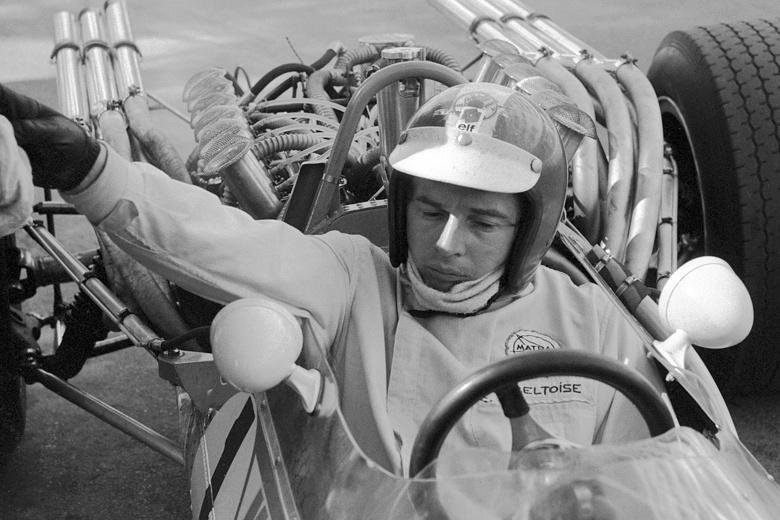
Jean Pierre Beltoise, a symbol of French motoring, was one of the few to win on motorcycles and also a Formula 1 GP.
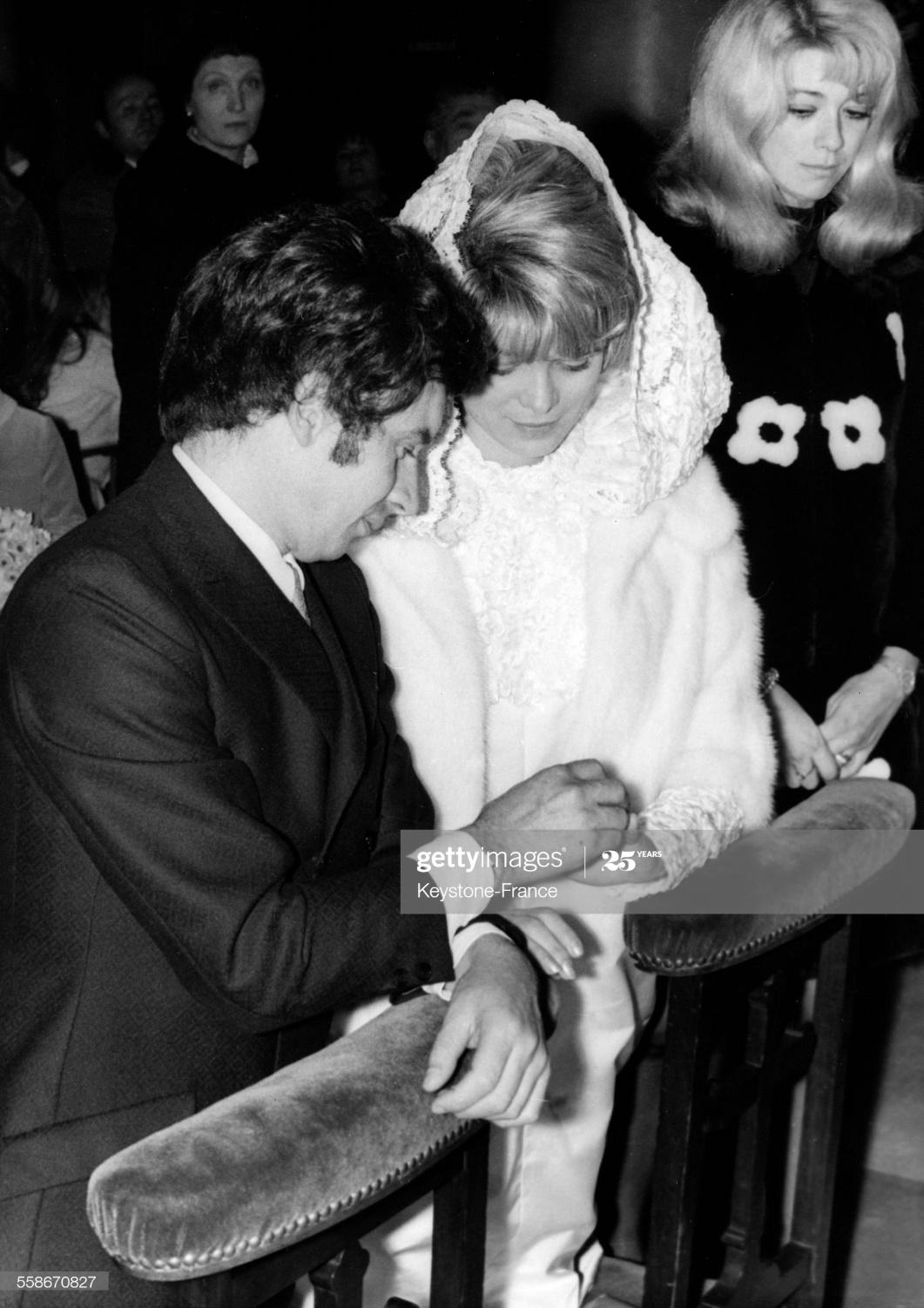
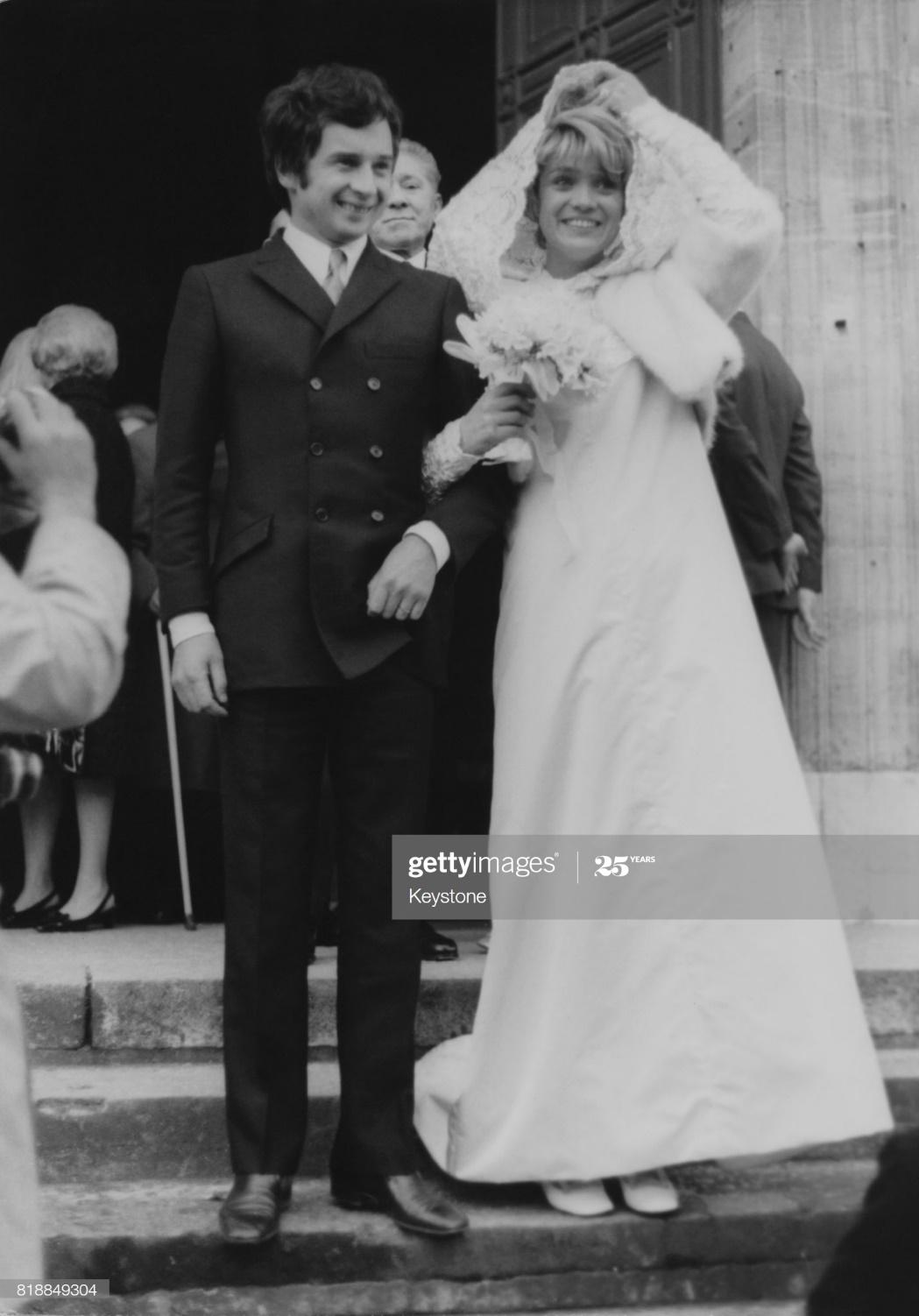
Like Paul Smart who married Barry Sheene's sister, he also got married to Jacqueline, sister of another great French Formula 1 driver, François Cévert.
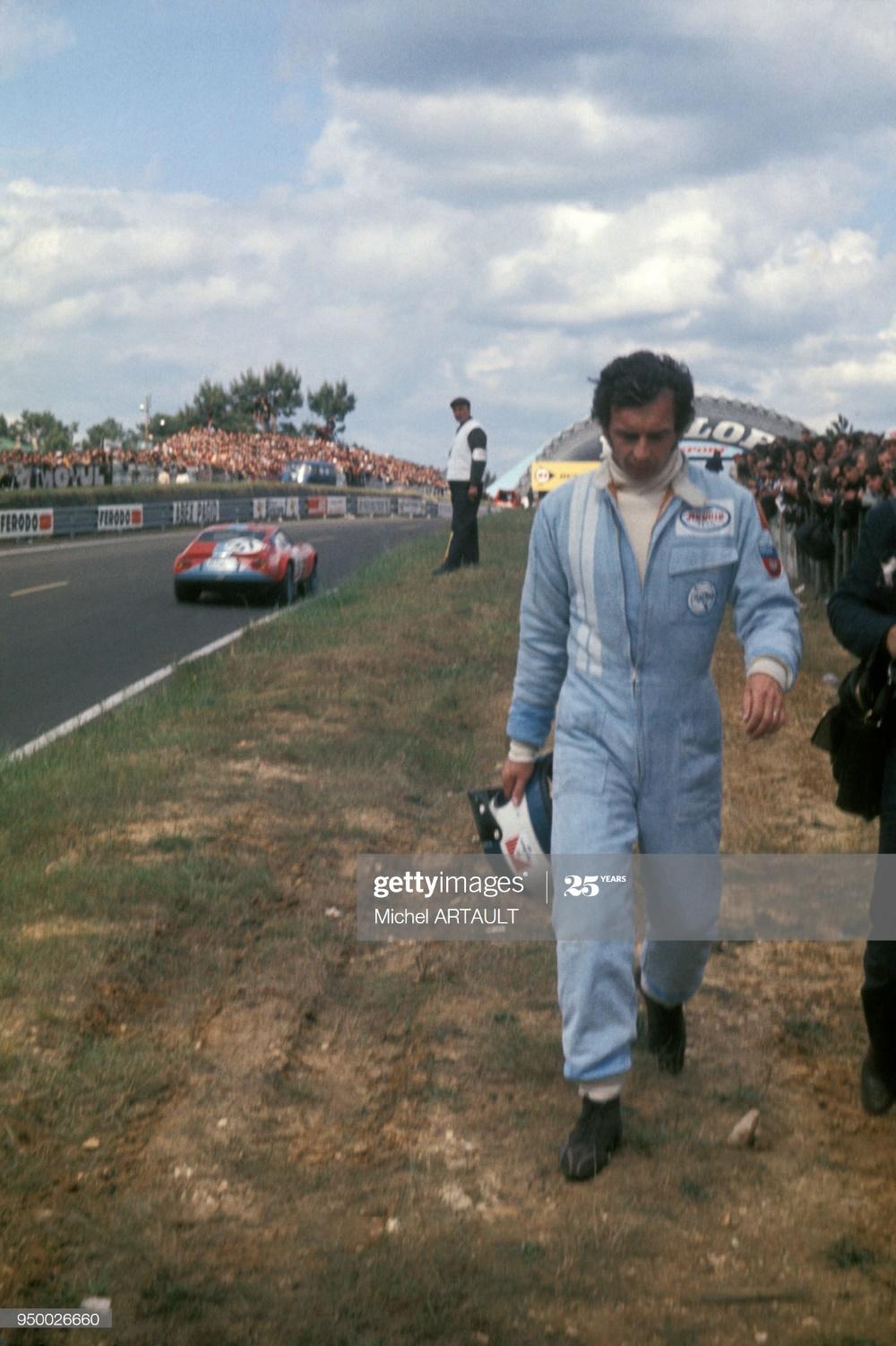
Beltoise at the 24 hours of Le Mans.
Like the tank of a car at the start of the 24 hours of Le Mans, his life was full of anecdotes, randomness, strokes of luck.
A driver who would have deserved trumpet blasts and splendour of glory because he gave much to the world of engines, more than many others who, however, have been remembered with more warmth and fervor throughout history. He succeeded where many failed and only one, John Surtees, succeeded, that is, to win on the bikes and even aboard a Formula 1.
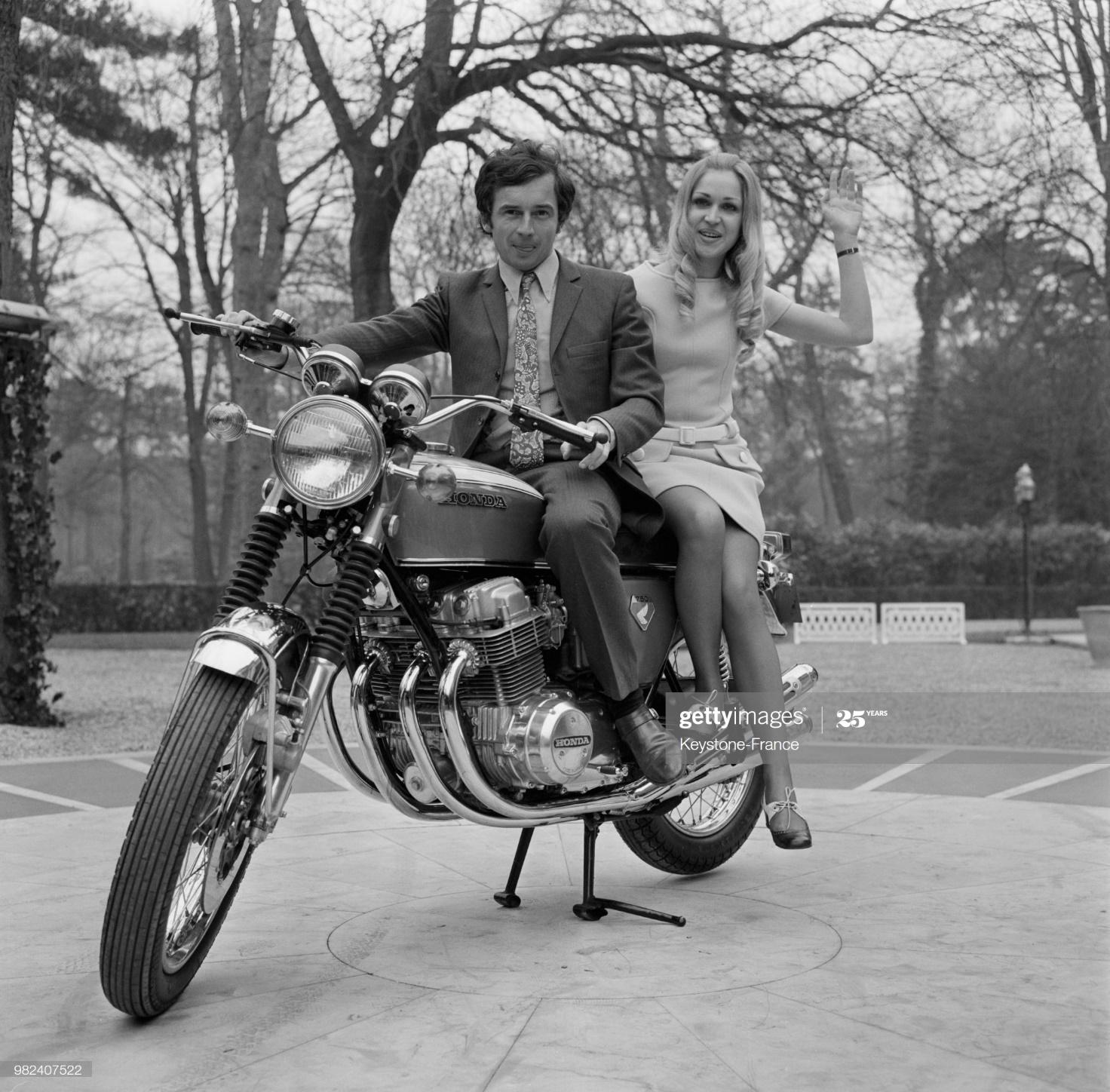
Like the real ones, he didn't stop bike racing by boredom or having become too old for those things but for a “Purple Heart”, because an accident on board a Formula 2 caused him an important injury.

Jean Pierre Beltoise with the singer Guy Marchand.
A badly broken left arm left him slightly incapacitated thereafter. Without that accident he might have become France's first Formula 1 world champion.
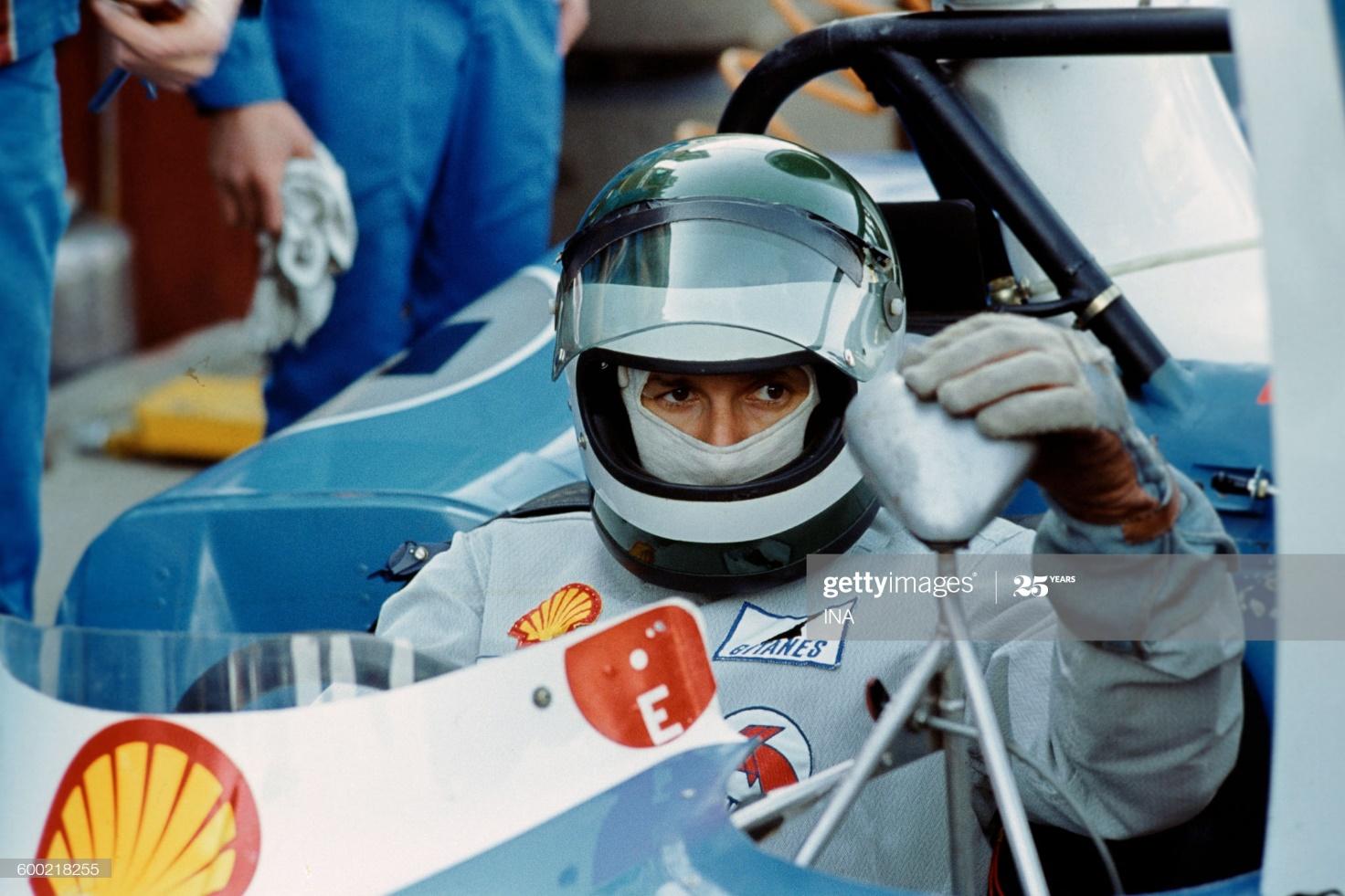
Jean Pierre, precocious and charismatic, was undoubtedly a driver who gave his best on distance and duration. In fact, among his most memorable victories there are those obtained at the 1000 km of the Nürburgring, 1000 km of Brands Hatch, 1000 km of Buenos Aires and 6 Hours of Watkins Glen.
His nine seasons in Formula One revolutionized the hitherto discreet records of French motor racing, which today reminds him with nostalgia.
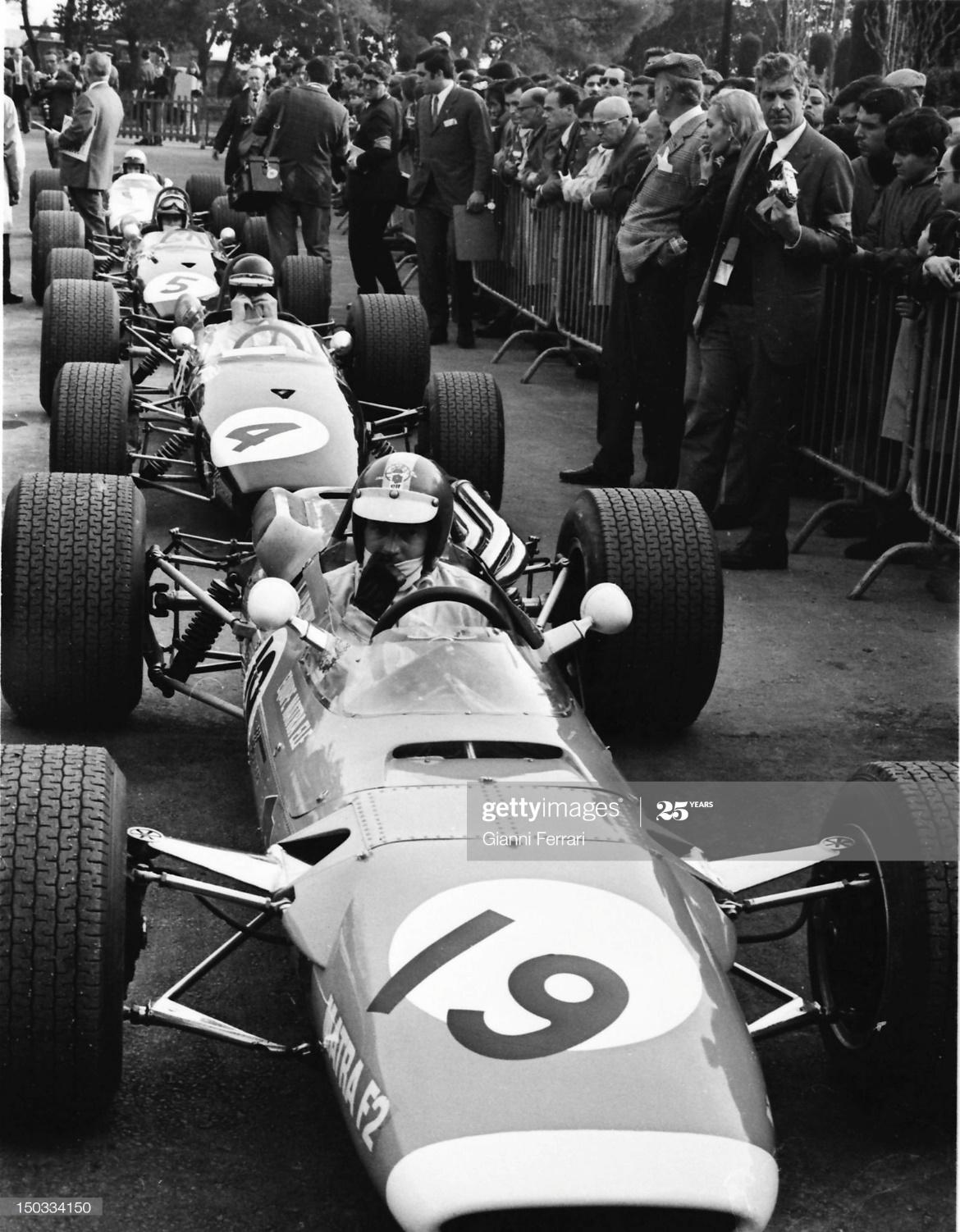
"Jean-Pierre is already part of the paradise of lost drivers, leaving a legendary era of the competition orphaned," sentenced in his blog the journalist specialized in Formula One Jean-Louis Moncet.
Beltoise is credited with a visionary, "magical" character, as well as with the refounding of "high-level motorsports in France," the Presidency of the Republic recalled. "With Jean-Pierre Beltoise a certain idea of French motor sport disappears,"the note concluded.
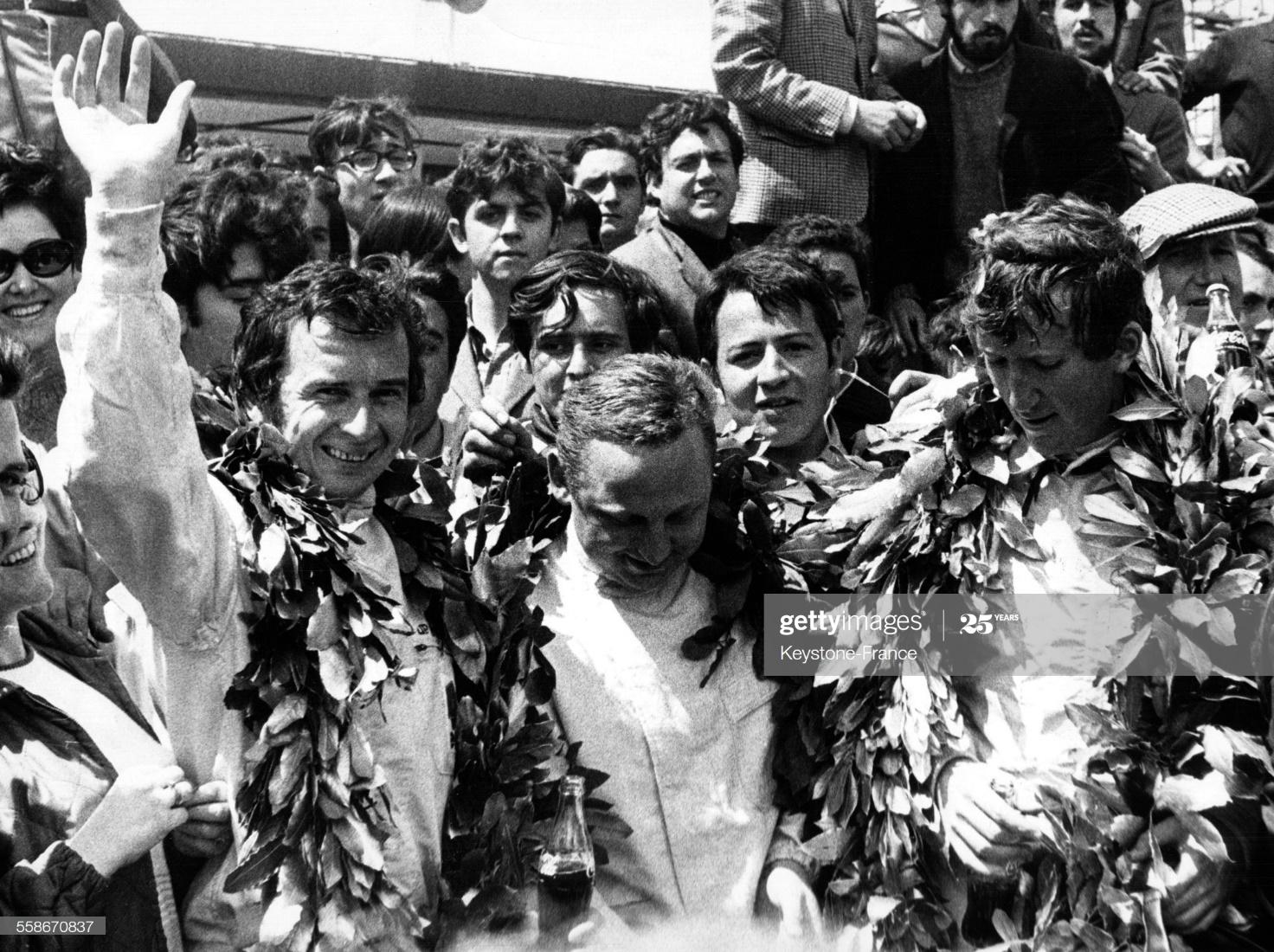
Jean Pierre Beltoise with Jochen Rindt.
"They were motorcycle riders, F1, F2, 24 hours of Le Mans drivers. They were open to all disciplines, ready for anything," former driver Olivier Panis said.
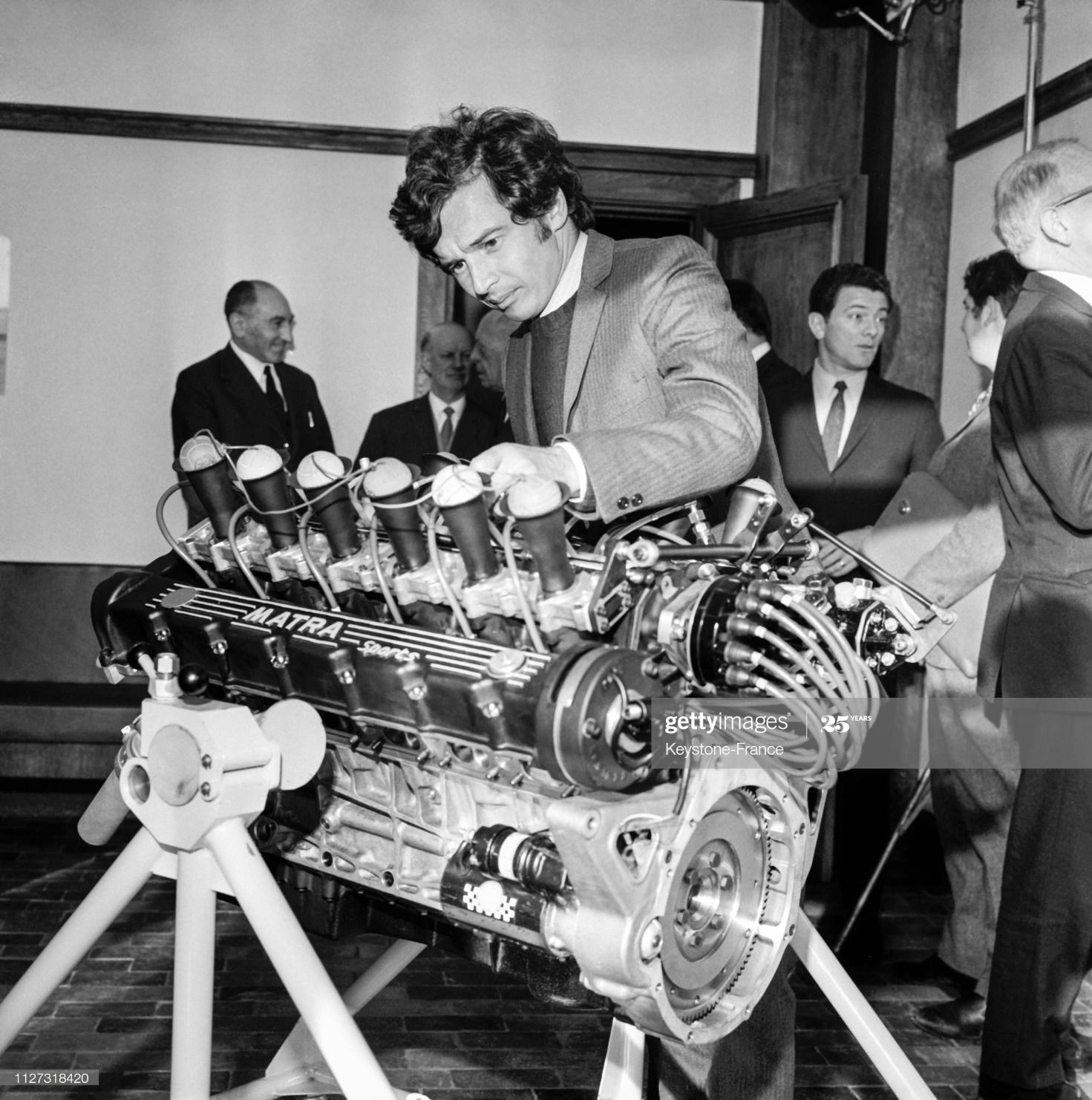
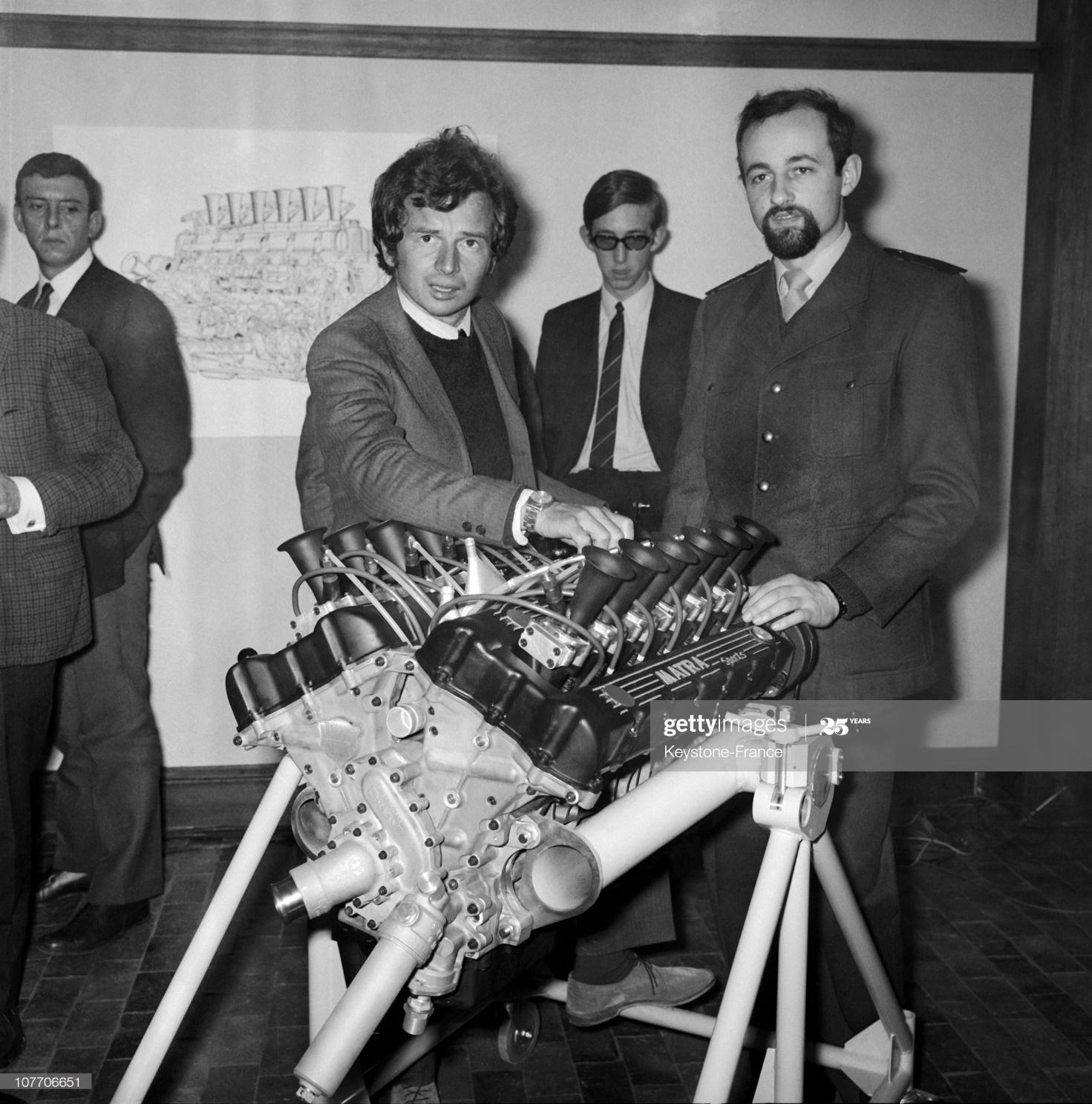
Jean Pierre Beltoise and Henri Pescarolo.
We have always had a very soft spot for JPB, despite the dreadful events in Buenos Aires. Beltoise was a true great on motorcycles and he probably would have been right up there with the Hailwoods and Agostinis if he did persevere. He was simply unbeatable in national as well as international meets. His crash at Pau was due to an oily track from a blown 4-banger a lap before, as he very rarely "lost it". The drives in the Matra MS11, with the big cumbersome V12, were also quite impressive as well as how close he was to win at Clermond with the V8, save for a flat in the last lap. He also had extraordinary control on the wet. Jean-Pierre was responsible in great part, along with Jose Rosinski, Gerard Crombac and Jean Lucas, for the late 1960's new rise in interest in motorsports in France, in a country which had been psychologically beaten under British domination in auto and bike racing for many years.
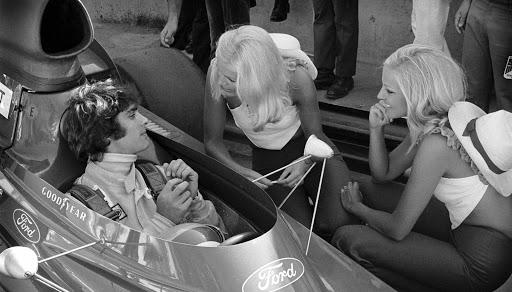
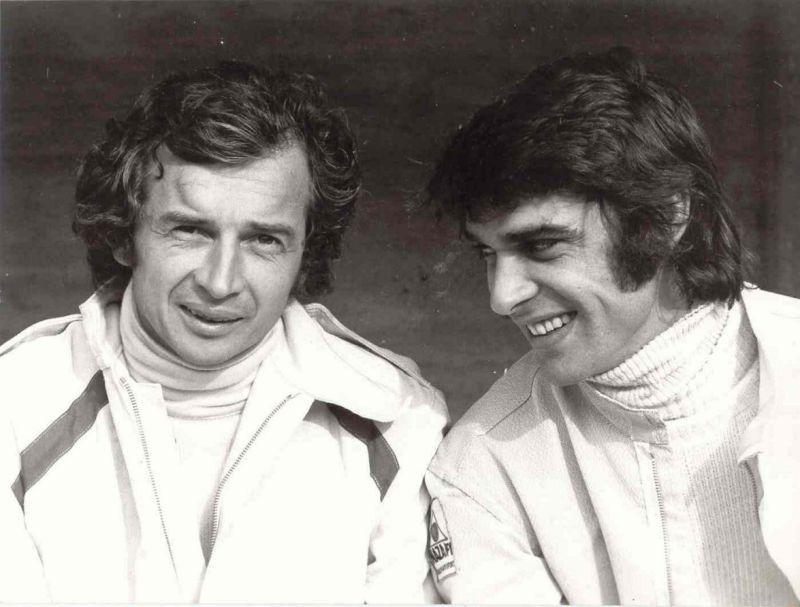
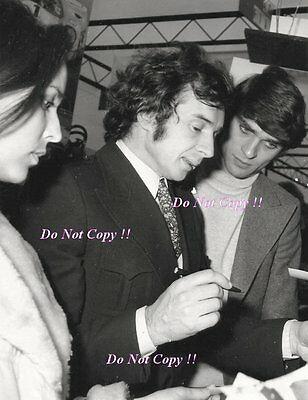
Through his motivation and his various dynamic columns as a journalist for Moto-Revue, Sport Auto and Champion and through his persuasion of Jean-Luc Lagardere and the advent of MATRA, he allowed the progression of others by the names of Cevert, Weber, Jaussaud and the "first wave" of French GP drivers.

JPB MS 120 1970 … Just a beautifully engineered and built car Matra MS120 family.
Unfortunately, the "politically korrekt" era also began in the early 1970's and some did not take kindly that he expressed himself very frankly in certain situations and he was later sidelined by the powerful hypocrite now in place. He had a good understanding of what it took to go fast safely, something that was quite new then, when most believed that speed was only related to the size of one's cojones.
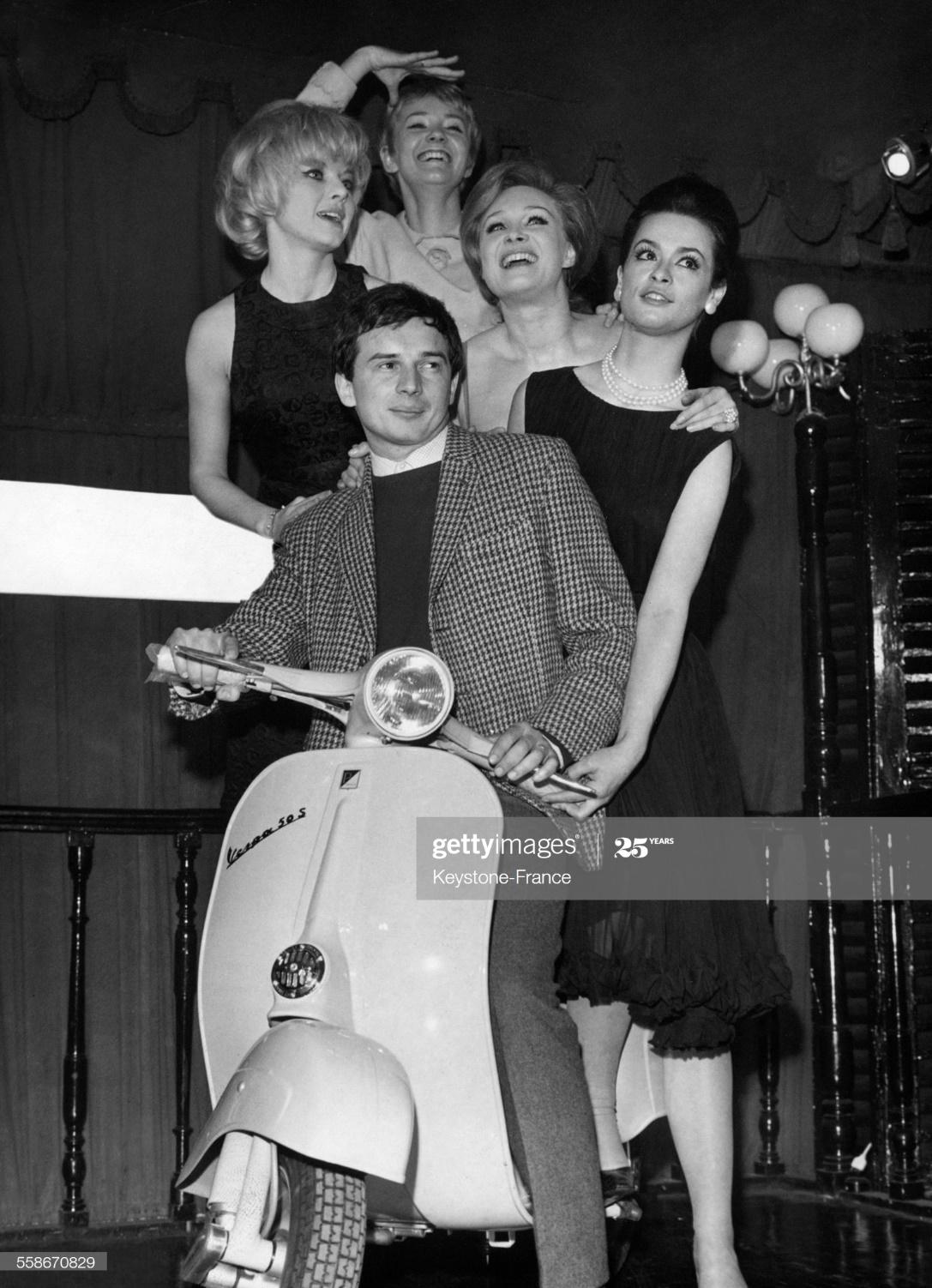
Jean-Pierre was also very kind to all.
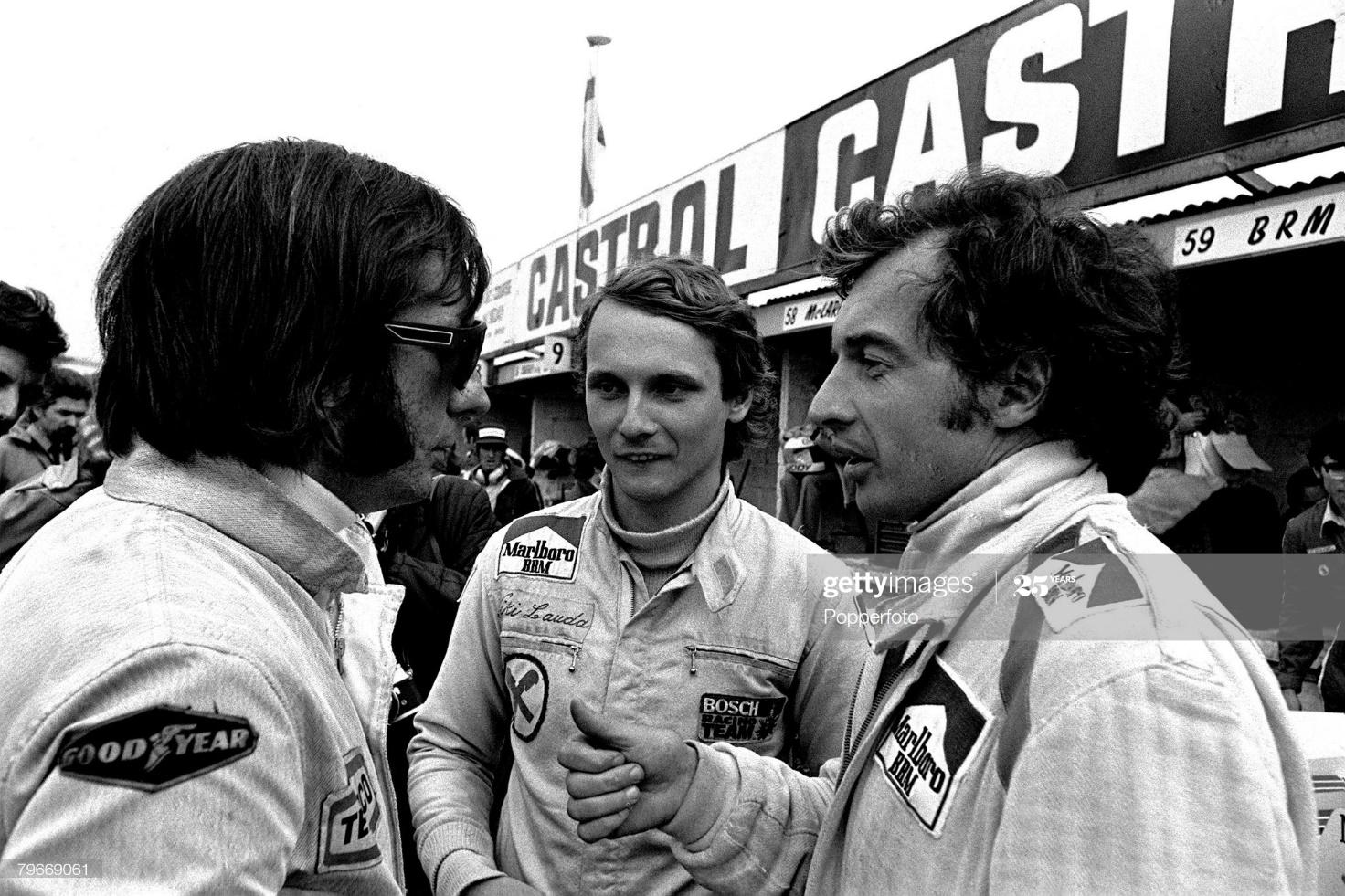
Jean Pierre Beltoise with Emerson Fittipaldi and Niky Lauda.
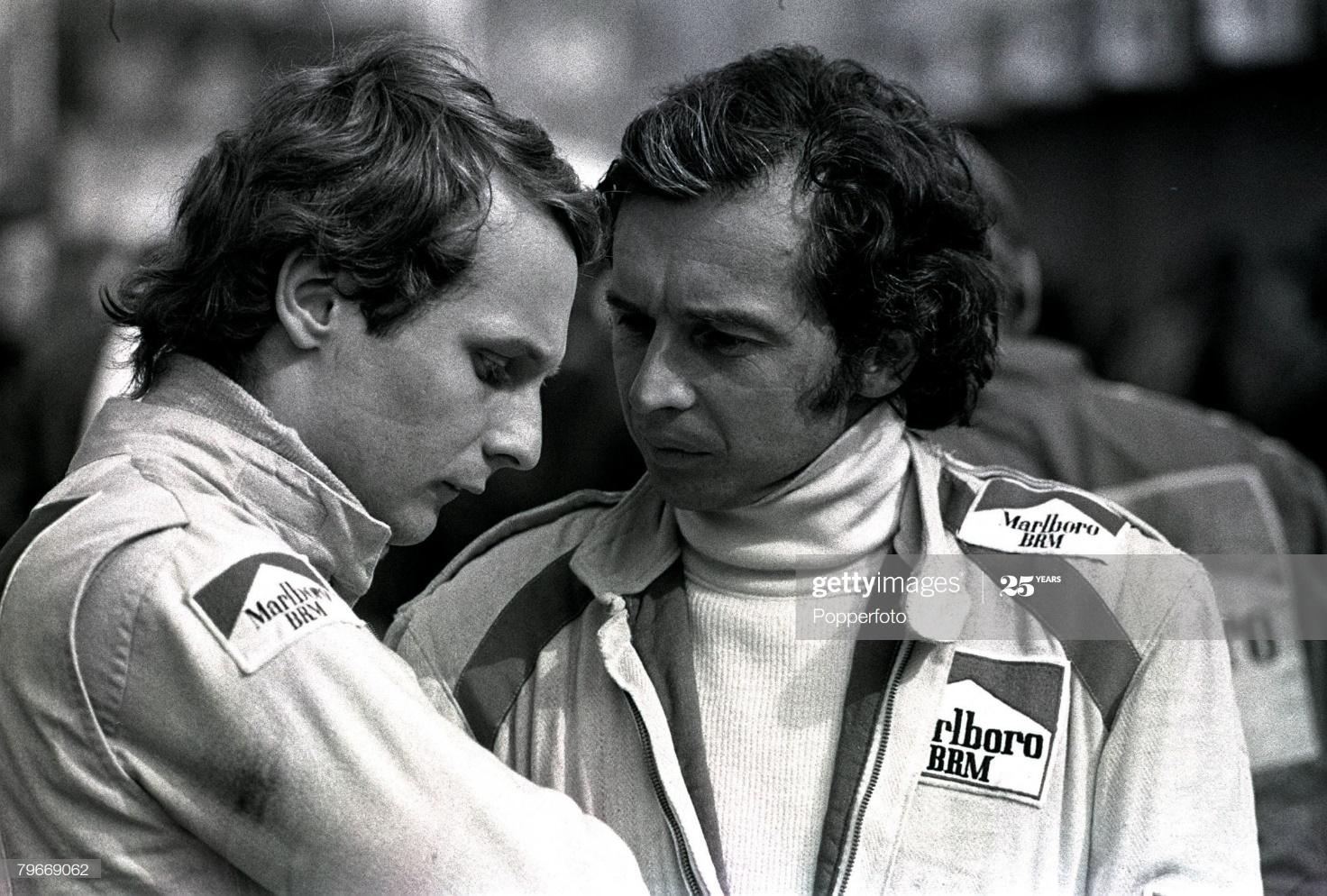
Jean Pierre Beltoise and Niky Lauda.
During the 1964 12 Heures de Reims, at 1 am, Beltoise was struggling with Mauro Bianchi's Alpine; as he was to overtake him his car slidded on oil and benzine, left the road, crashed and bursted into flames. JPB was, "thanks" to him, throwed at some 30 meters. It took a lot of time to find him as everybody thought he was still in the burning car. He had 16 fractures and his left elbow completely broken. He stayed three days in a coma and, after that, it took him some seven months before leaving hospital. He never recovered the full use of his elbow, which was locked in the best position to drive.
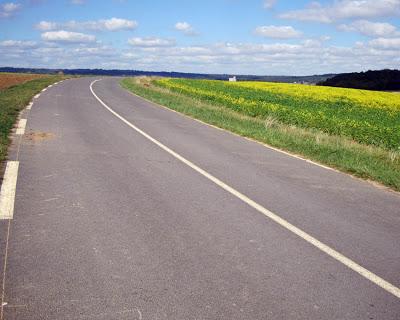
Beltoise's accident took place in la courbe Annie Bousquet.
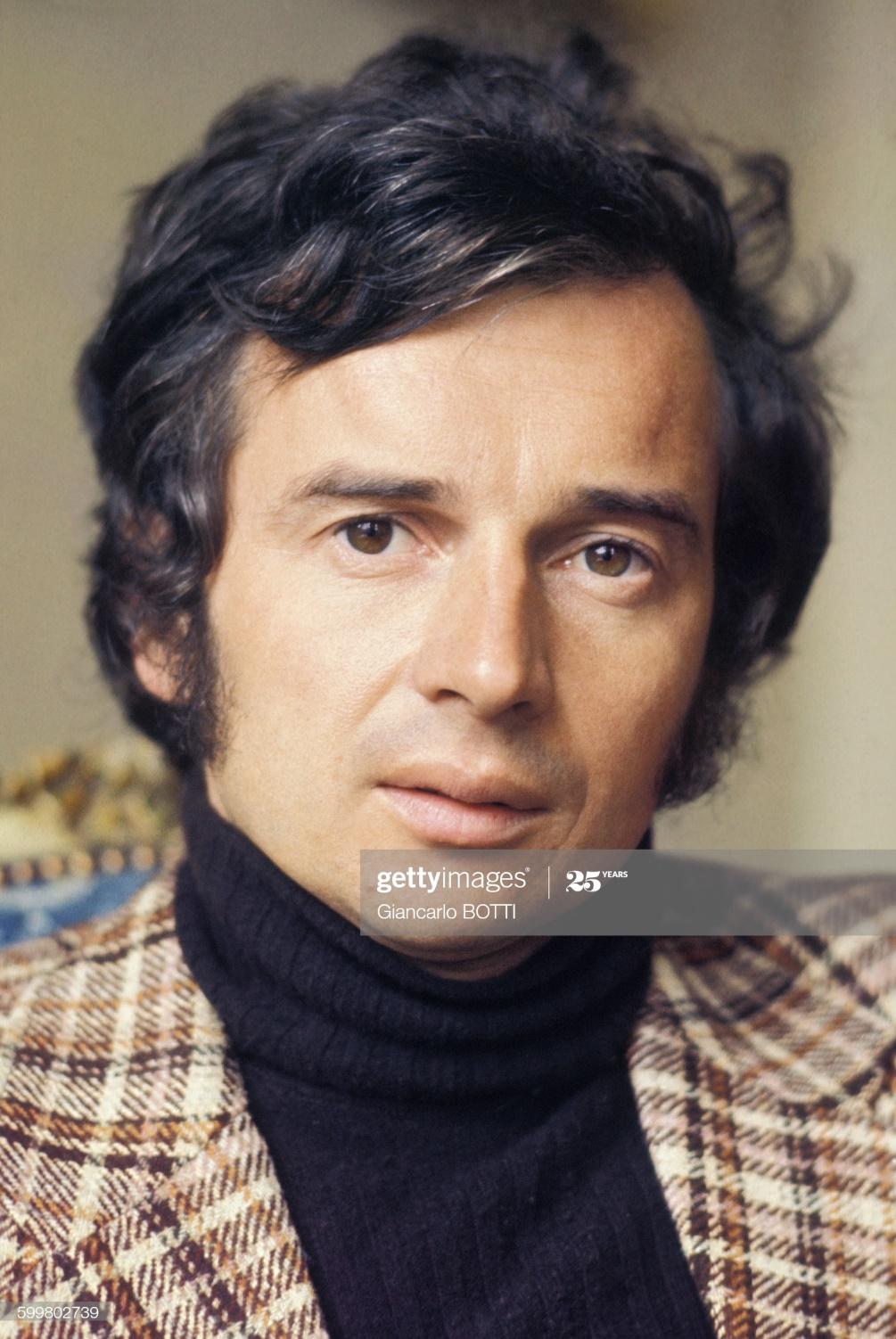
Jean-Pierre Maurice Georges Beltoise - born in Boulogne-Billancourt, Paris, on 26 April 1937 and died on 5 January 2015 - was a GPmotorcycleroad racer and F1 driver who raced for the Matra and BRM teams.
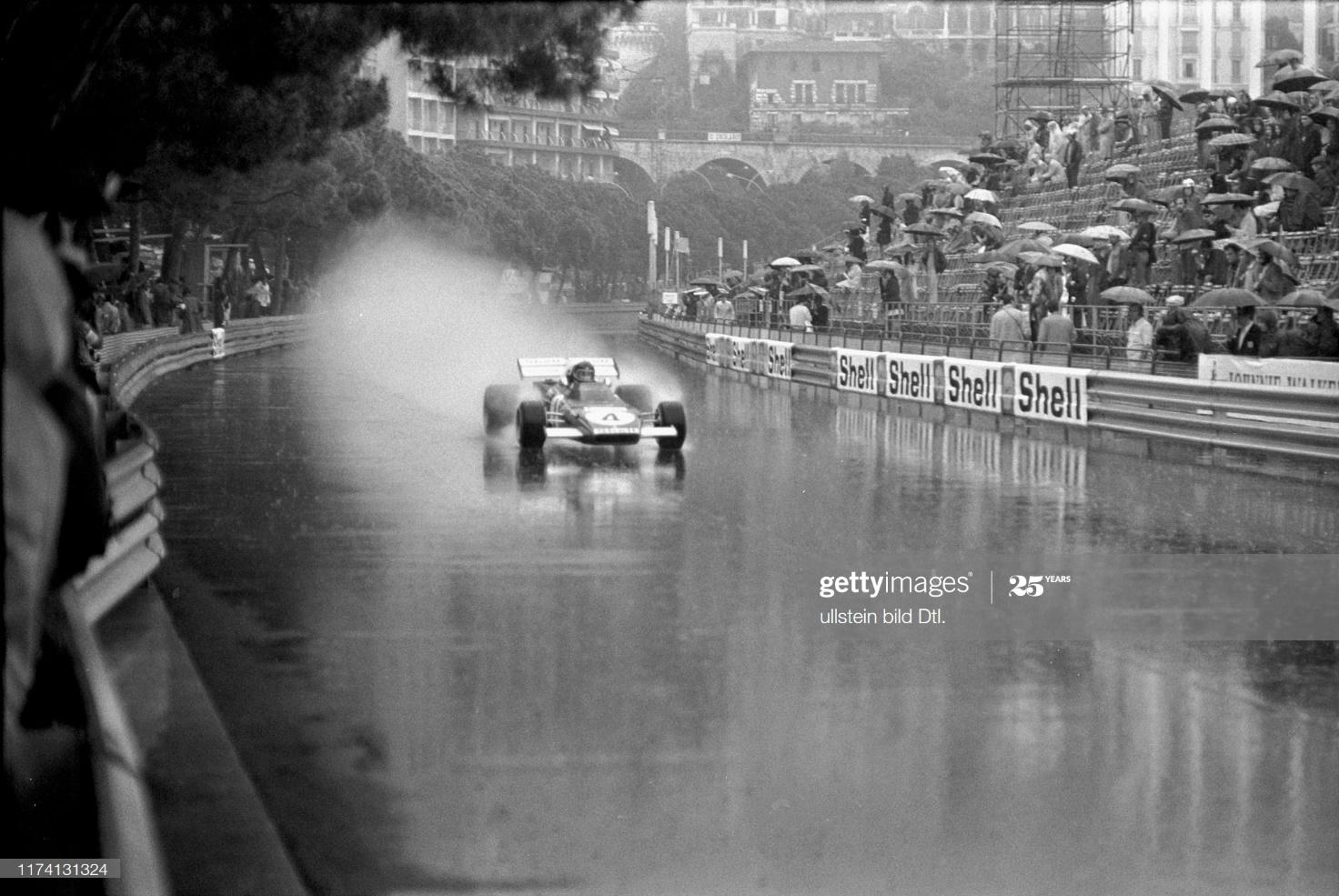
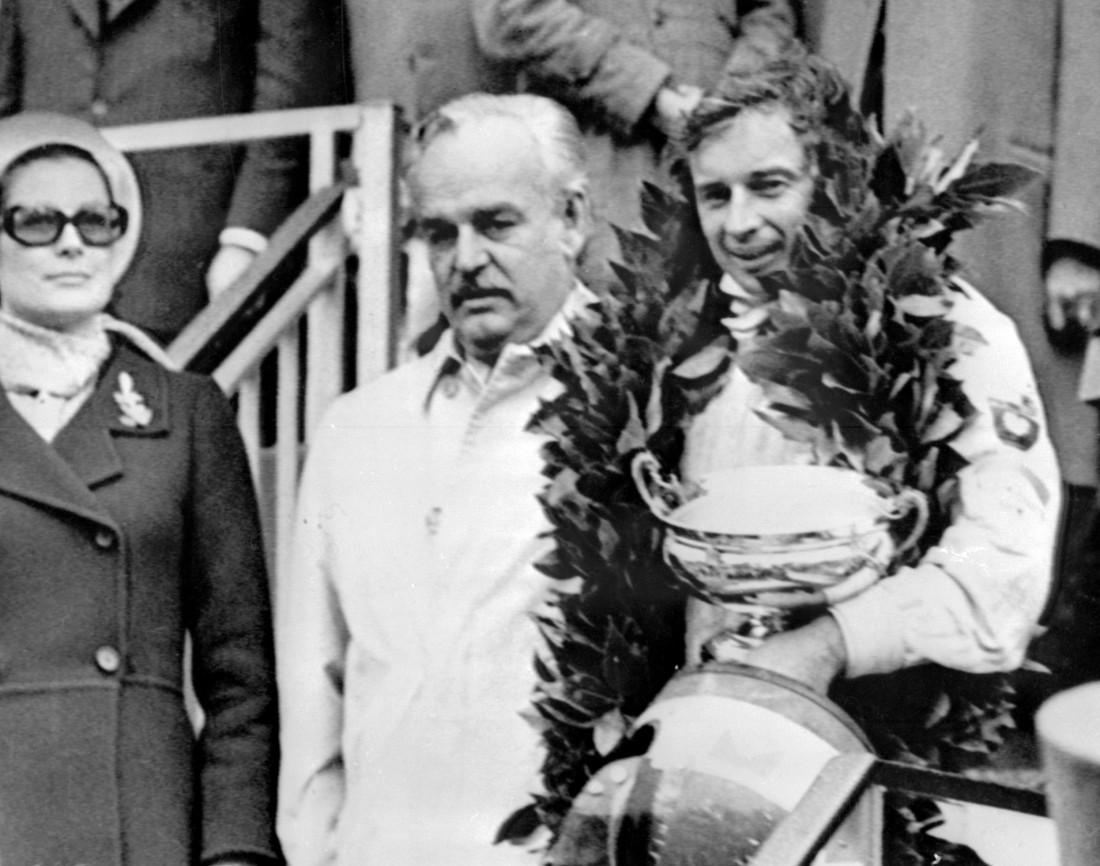
He competed in 88 Grands Prix, achieving a single victory at the 1972 Monaco GP and a total of eight podium finishes.

Beltoise won 11 French national motorcycle road racing titles in three years. He competed in international GP motorcycle racing from the 1962 to 1964 seasons in the 50, 125, 250 and 500 cc classes. His best finish was a sixth place in the 196450 cc World Championship.
After that, the Parisian butcher's son switched to four wheels as a mechanic/driver with the eponymous René Bonnet team in 1963.
In 1964 he was racing a 1.1-litre René Bonnet sports car. His career almost ended with a huge crash in the Reims 12-hour sports car endurance race, in which he suffered a broken arm, so severely damaged that its movement was permanently restricted. However, he returned in 1965 and won the ReimsFormula 3 race, after which he graduated to Formula 2 for the following season.
In 1968 Beltoise began the season again with a F2 car but, from the second race onward, had F1 machinery and finished second in the 1968 Dutch GP.
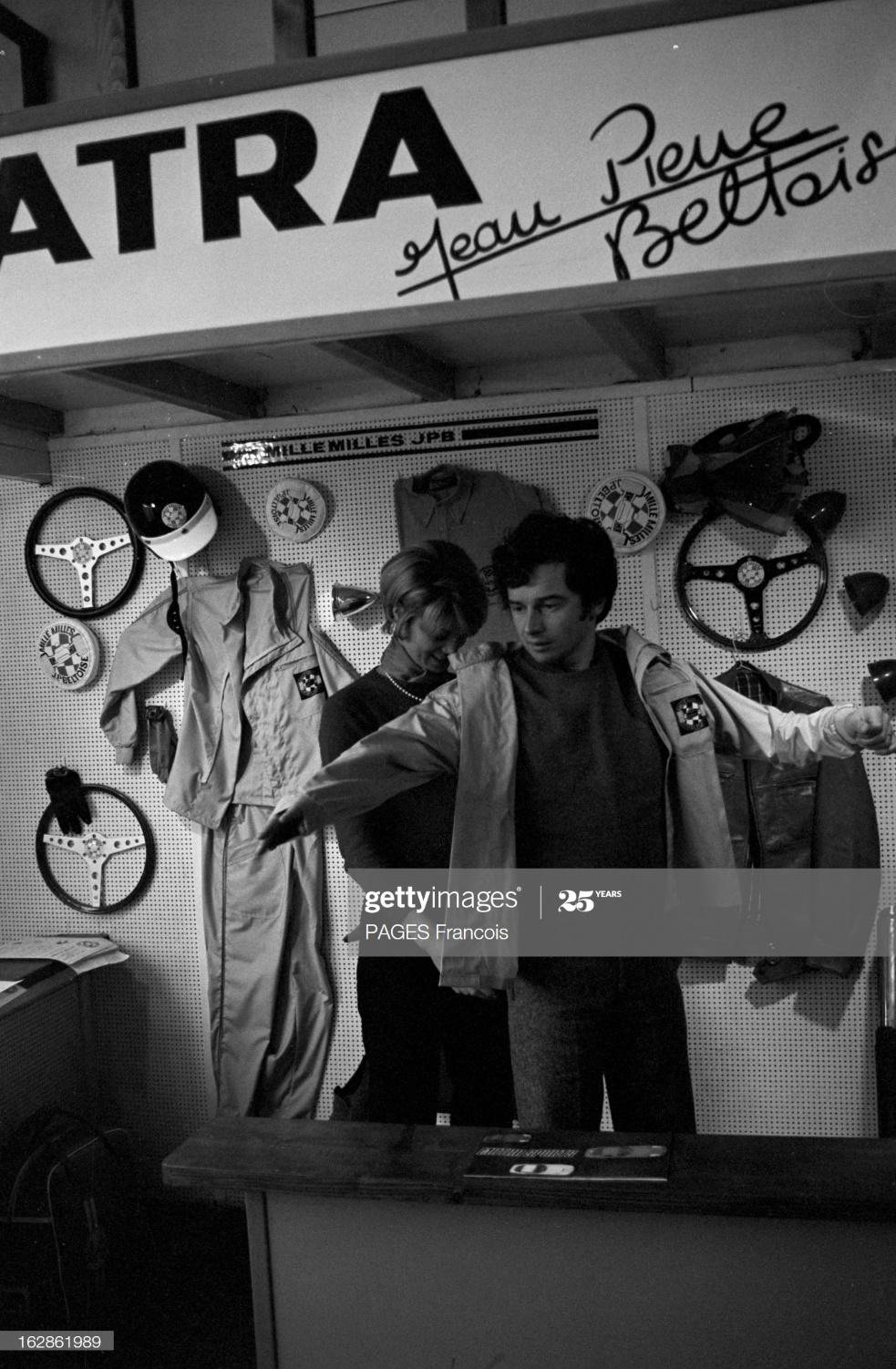

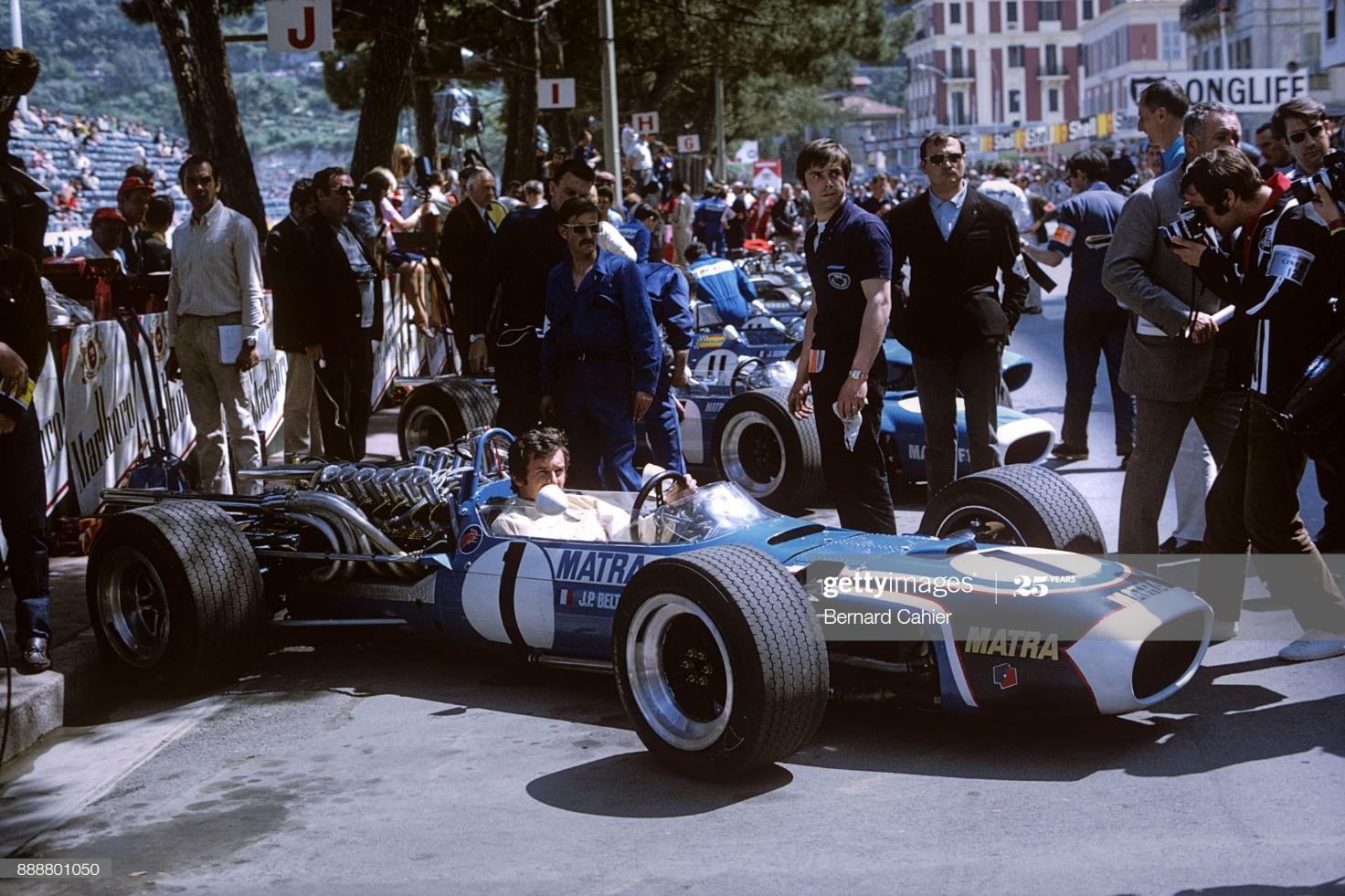
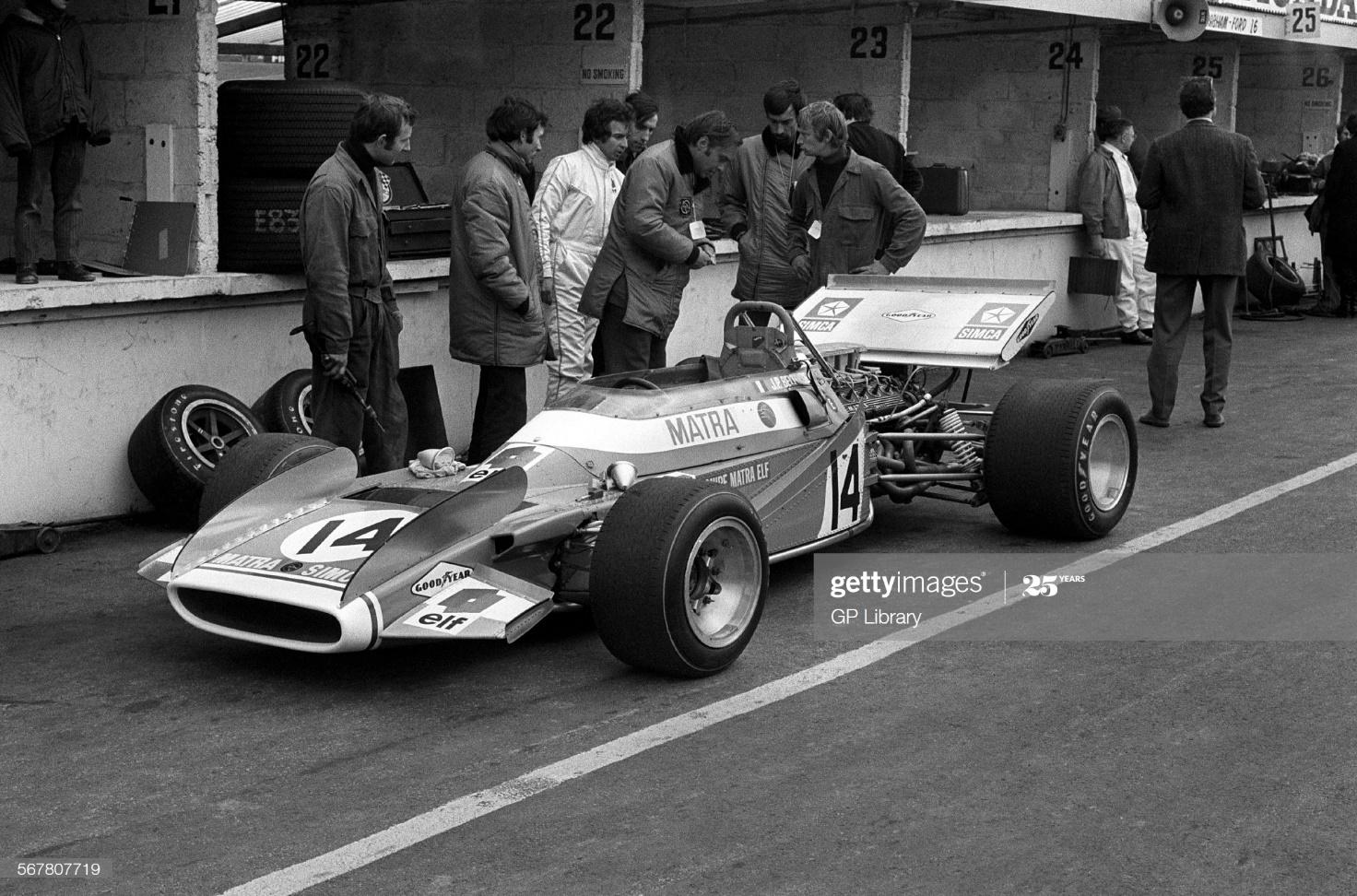
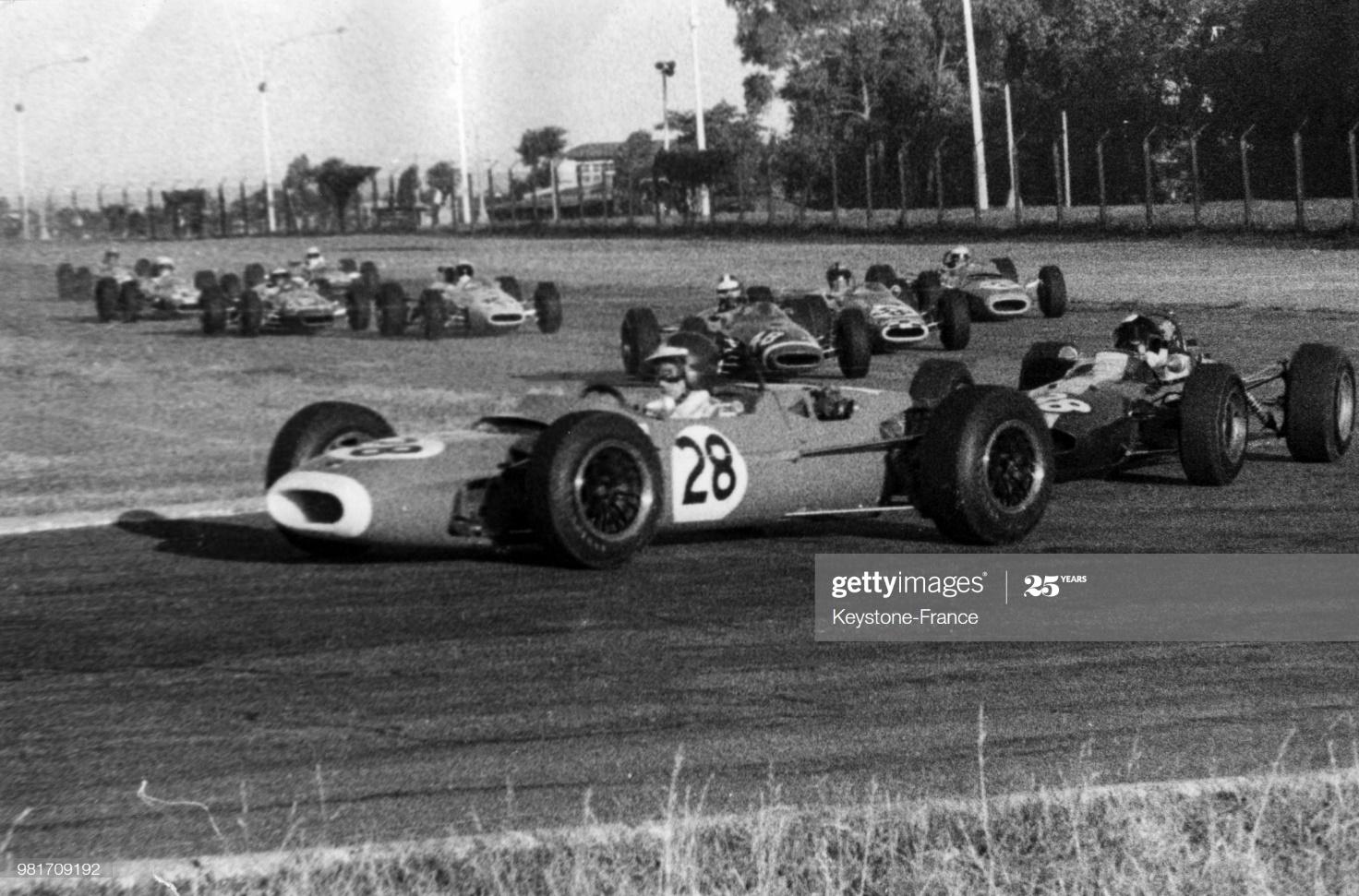


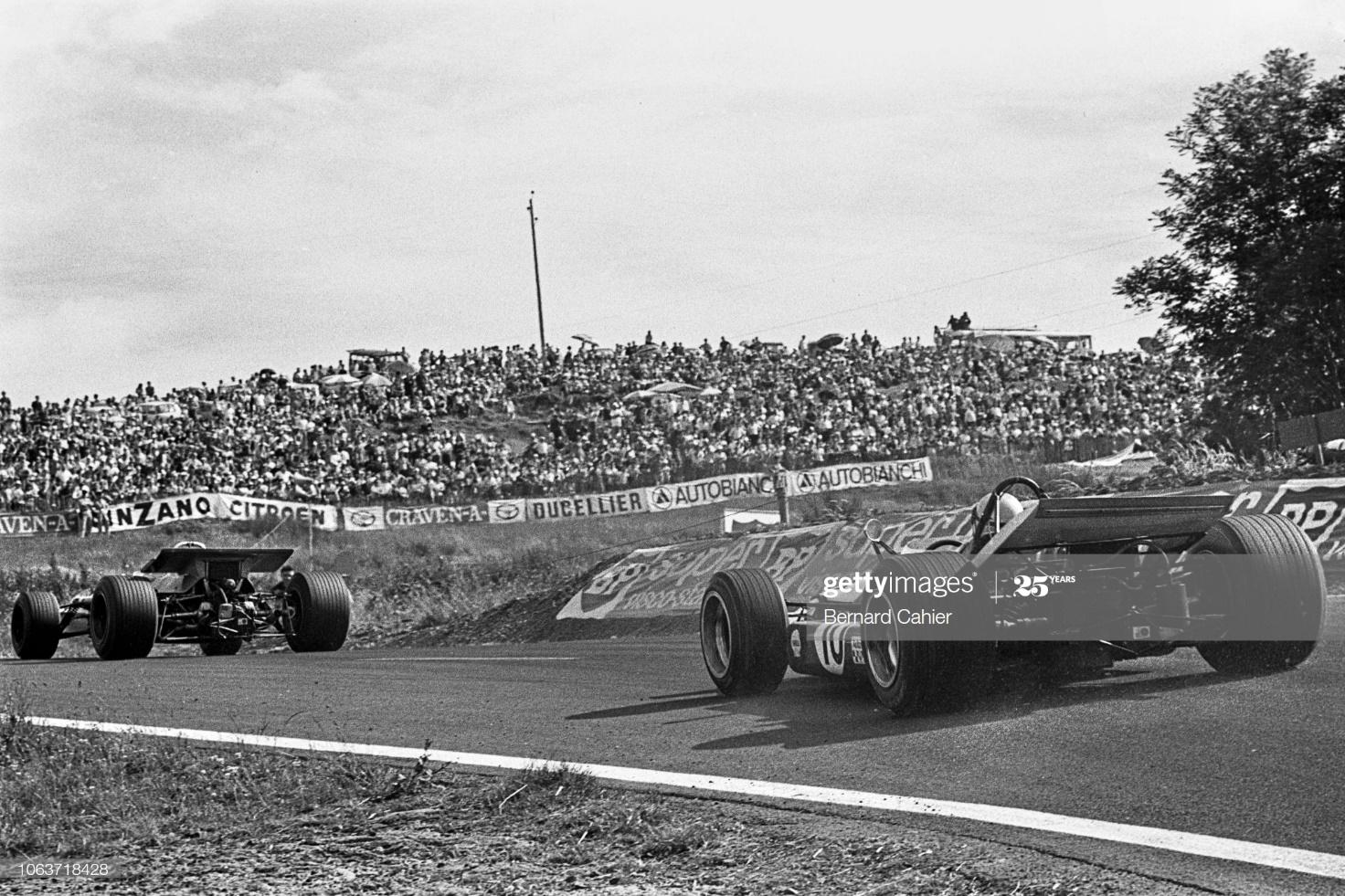

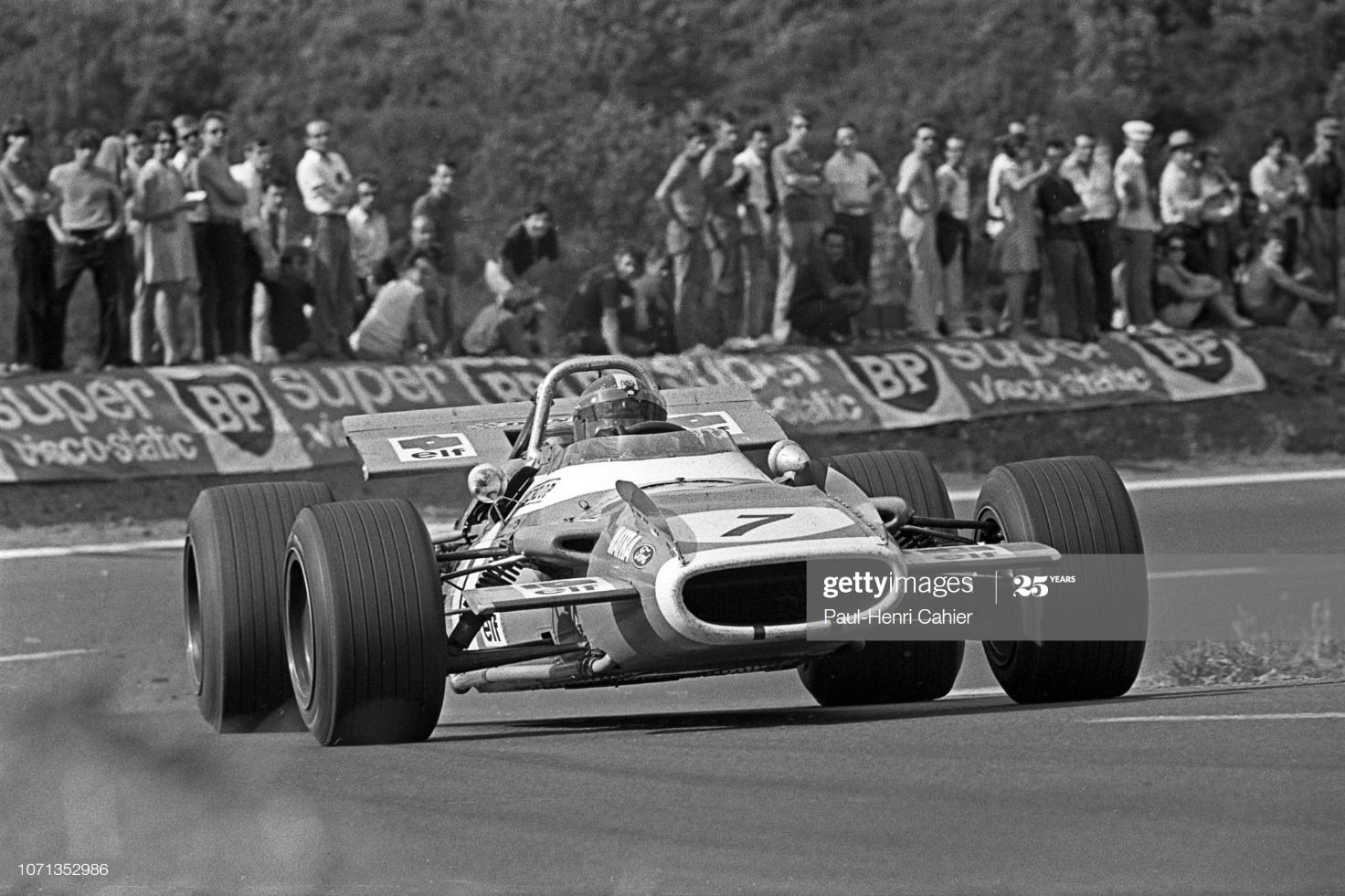
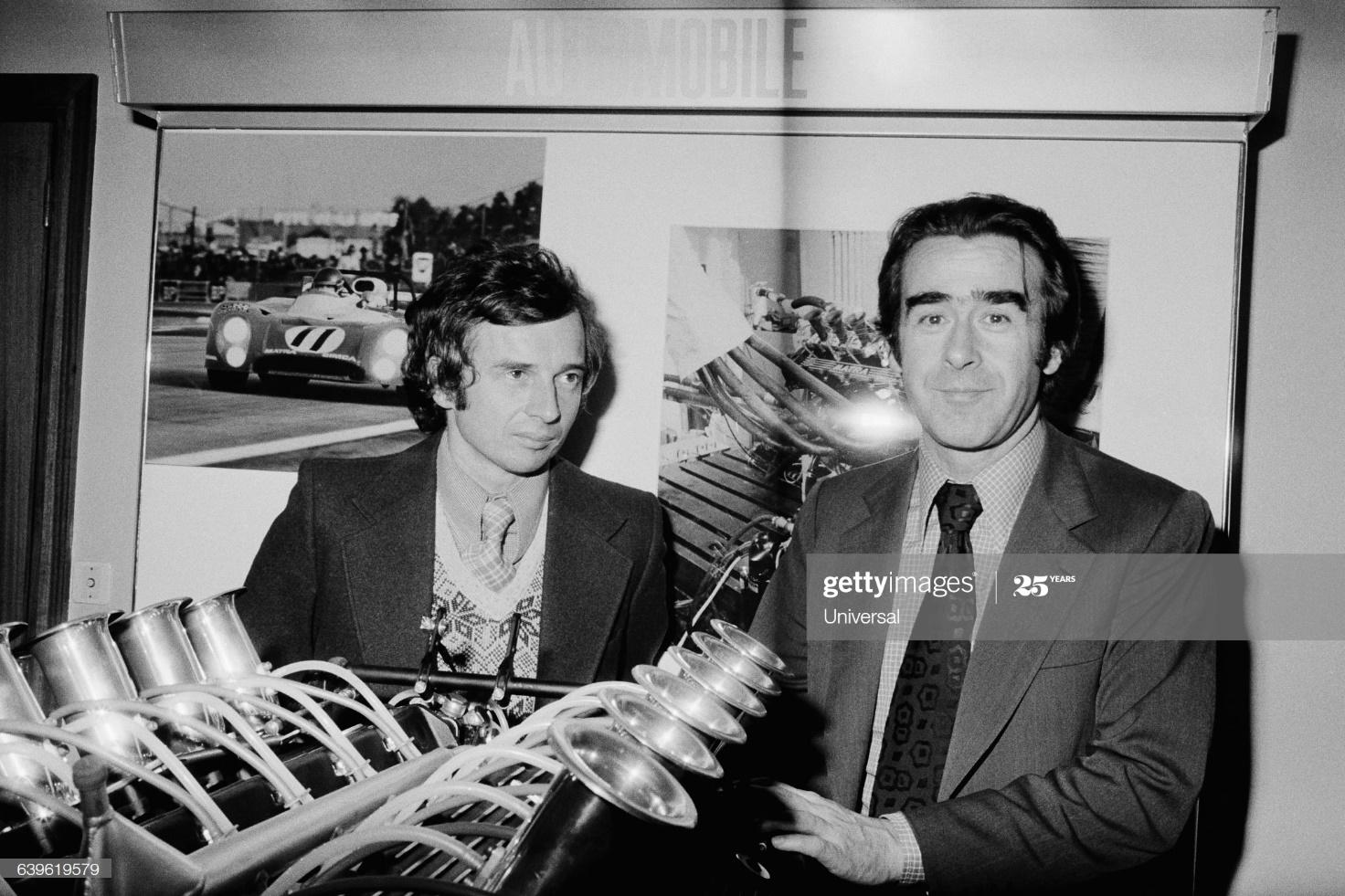
Jean Pierre Beltoise with Matra CEO Jean Luc Lagardere.
In 1969 he was placed in Ken Tyrrell's Matra team, whilst the works V12 engine was developed driving alongside Jackie Stewart and finished second in the French GP.

Race winner Jackie Stewart (covered, right hand), second placed Jean-Pierre Beltoise (left hand) and third Jacky Ickx enjoy their victory surrounded by cheering crowds after the 1969 French GP. Photo by Rainer Schlegelmilch.
Beltoise returned to the works Matra team for both 1970 and 1971.
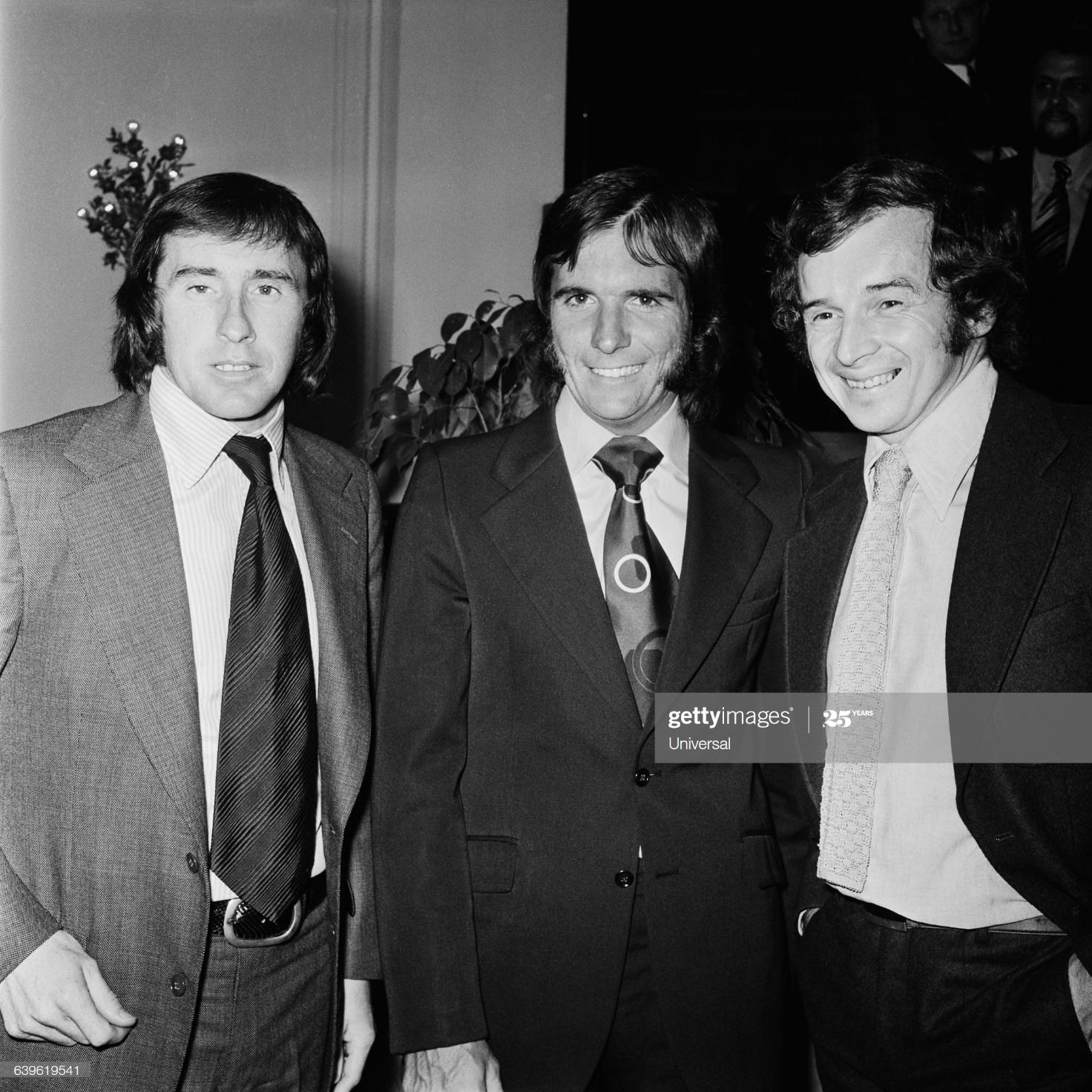
Jackie Stewart, Emerson Fittipaldi and Jean Pierre Beltoise.
He was no stranger to the cruel side of the sport; he was deeply saddened by the deaths in 1968 of Jim Clark at Hockenheim - where he himself won the race for Matra - and his close friend Jo Schlesser at Rouen and, in 1973, he saw his brother-in-law François Cevert die in a crash at Watkins Glen.
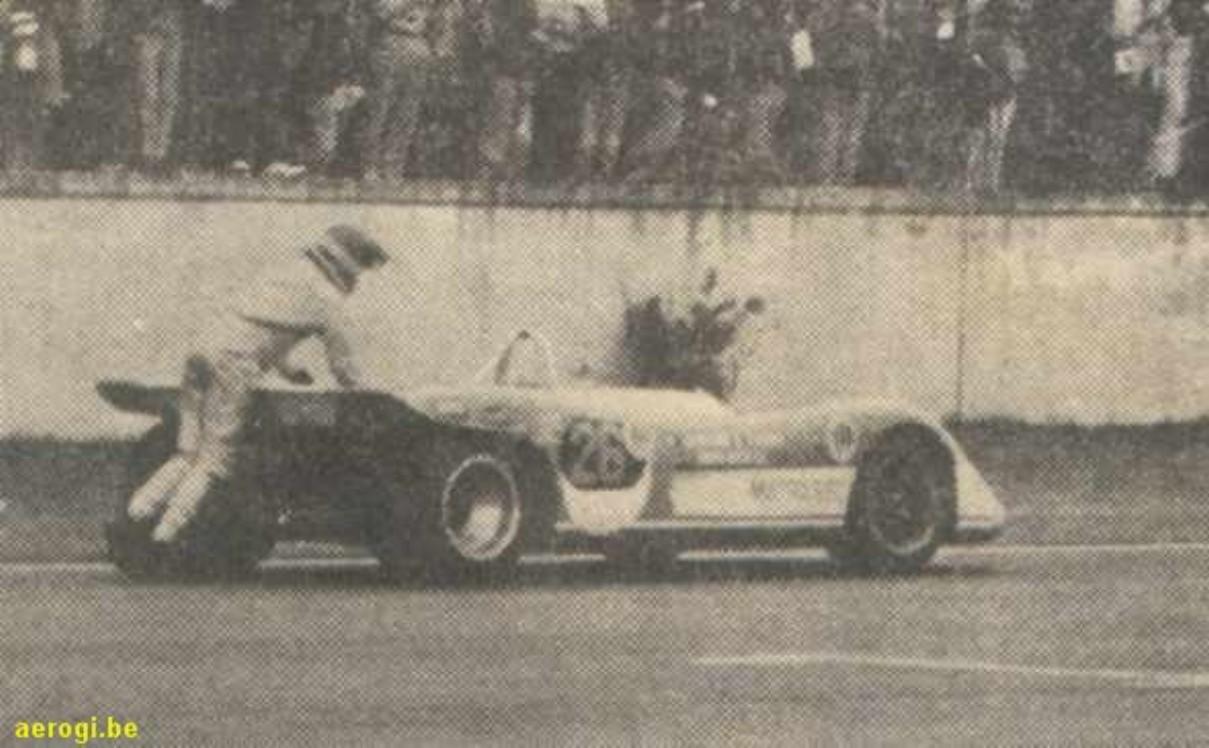
If Monaco was the apogee of his career, then the Buenos Aires 1000 km sports-car race in 1971 was the nadir. Rashly he tried to push his stricken Matra back to the pits after running out of fuel, resulting in the death of rising Ferrari star Ignazio Giunti, who, unsighted, crashed into the back of the French car. Beltoise was suspended for his role in the tragedy.
In 1971 Matra signed Chris Amon as team leader, which frustrated Beltoise's ambitions.
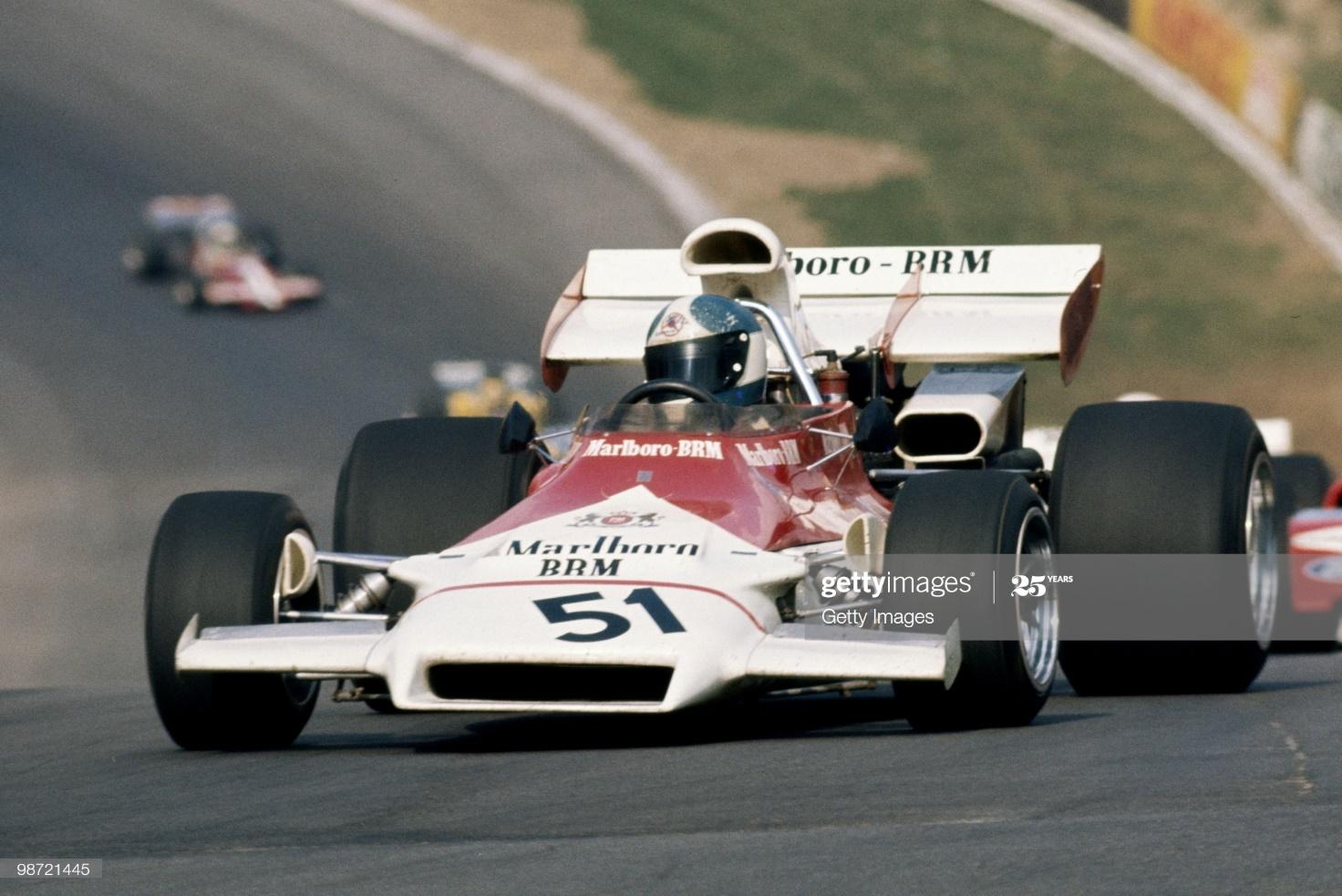
For 1972 he moved to the BRM team and won what turned out to be his only and BRM's final championship - qualifying F1 victory at the 1972 Monaco GP in heavy rain.

Jean Pierre and Jacqueline at Monaco GP.
He spent three seasons with BRM without much success and finally retired from F1 at the end of the 1974 season.
He later did most of the testing for the Ligier F1 team, although a proposed F1 drive for 1976 went instead to Jacques Laffite and he thereafter turned his attention to touring car racing in France, twice winning the French title for BMW before entering rallycross in an Alpine-Renault with which he won the French title. In 1981 he returned to touring cars and raced for Peugeot throughout the 1980s. He was also a regular ice racer.
Beltoise died at his holiday home in Dakar, Senegal, aged 77, following two strokes.


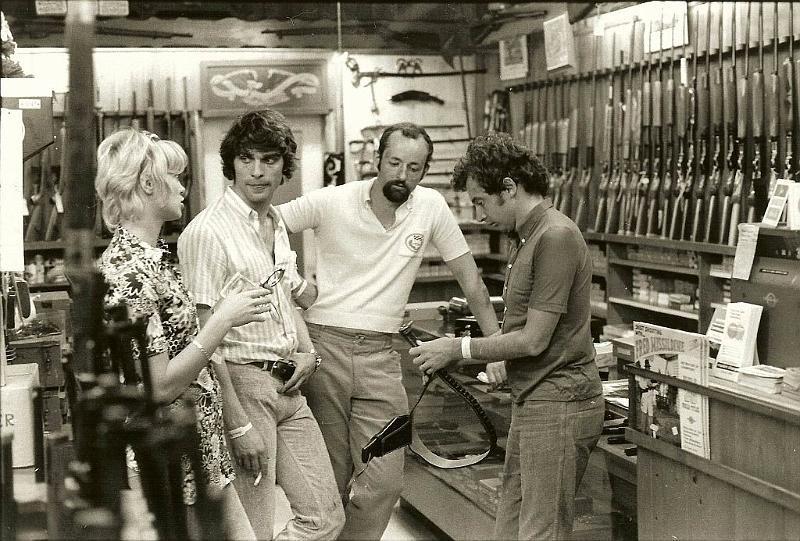
Francois and Jacqueline Cevert with Jean Pierre Beltoise and Henri Pescarolo.
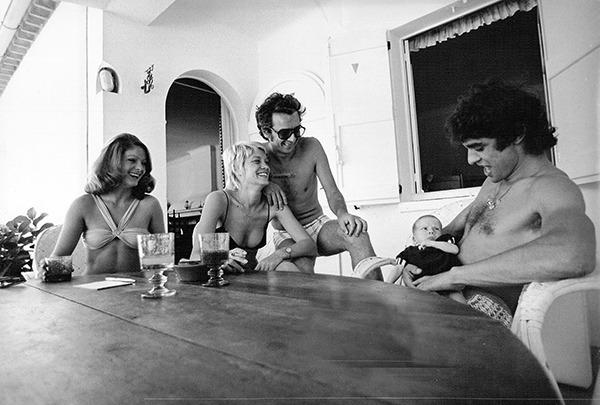
Cevert's sister Jacqueline - Beltoise's second wife - who would see their sons Anthony and Julien take up racing too, offered the film-maker John Matthews a moving insight into her husband's pre-race state of mind for Matthews' film “The Killer Years”.
She remembered one outburst at Matra, when he rounded on her to the general embarrassment of their dining companions.
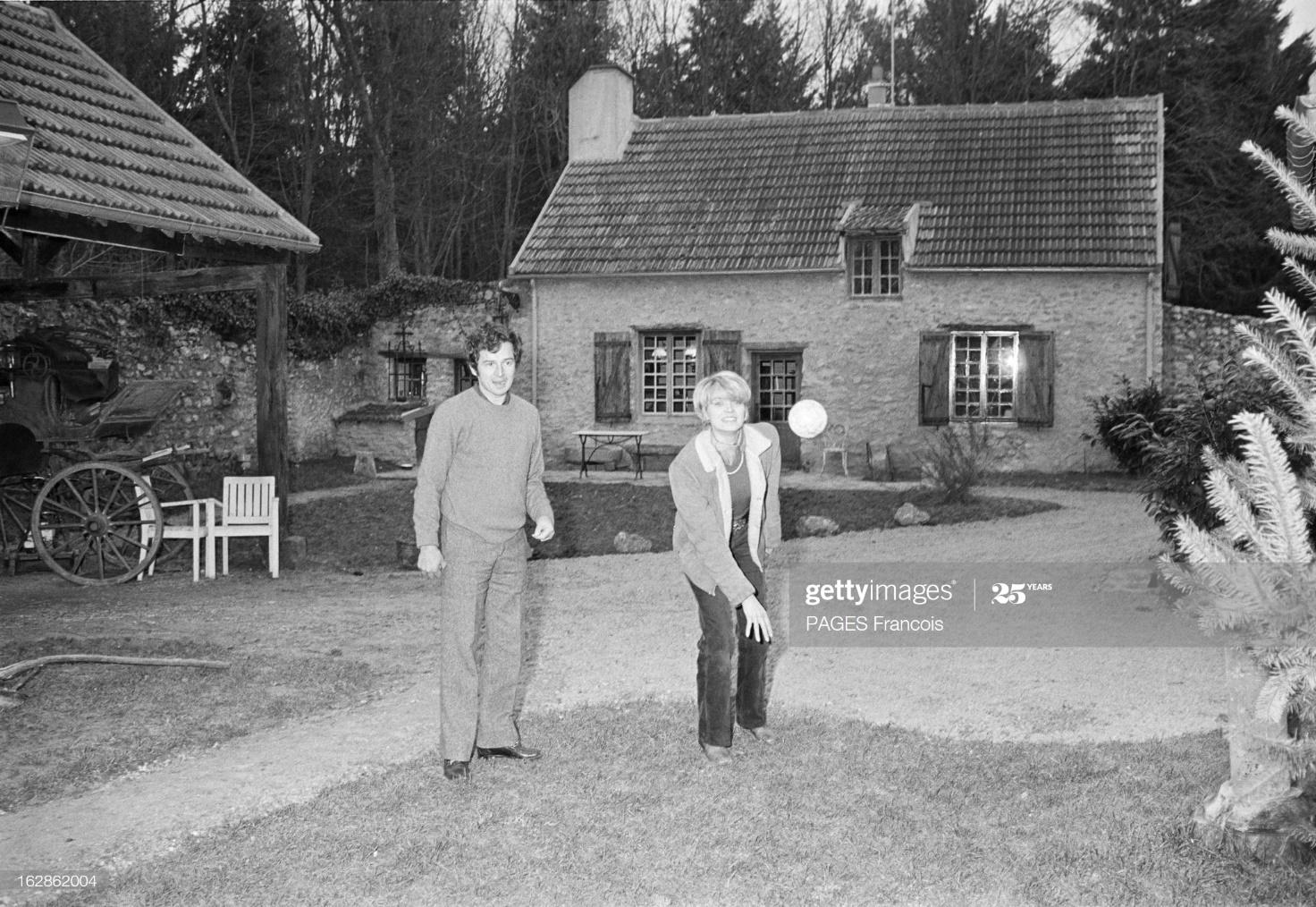
"I just sat totally still and there was total silence. Afterwards I knew I had to go upstairs to the bedroom. So I go in really quietly and Jean-Pierre's asleep. The next morning he wakes up – 'morning darling' – and I couldn't understand it. He'd forgotten it all. And he did this to me before every race, for eight years.
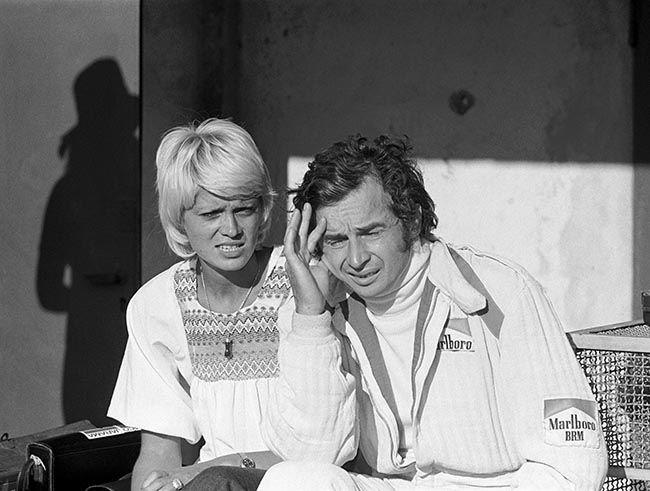
"He had to let himself go and take out all his stress on me and then, the next morning, all was well. He'd be relaxed at the track, not stressed at all. And I'd be totally fed up. I'd be in a panic every time because I didn't know what I'd done or said."
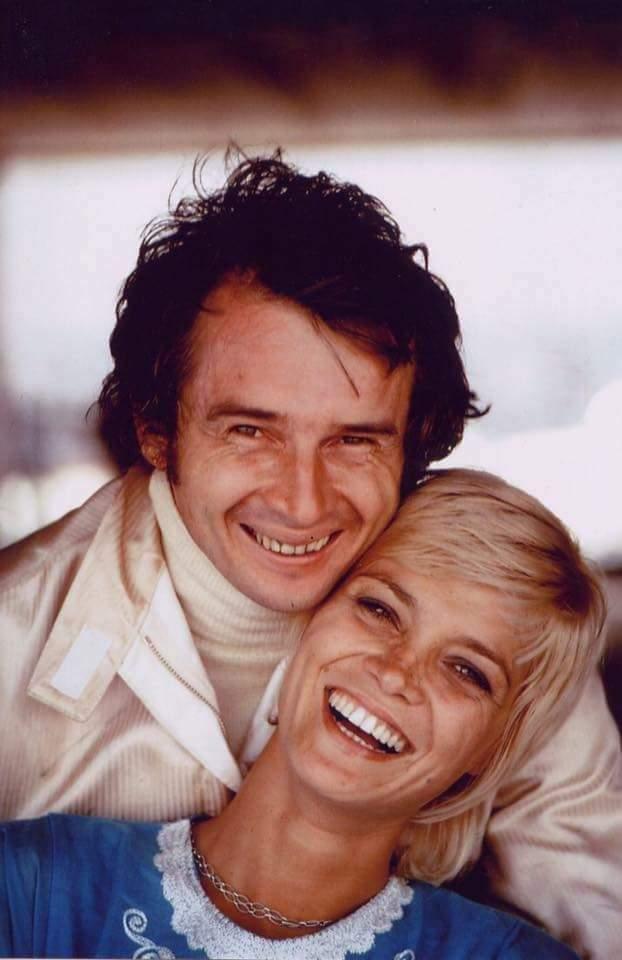
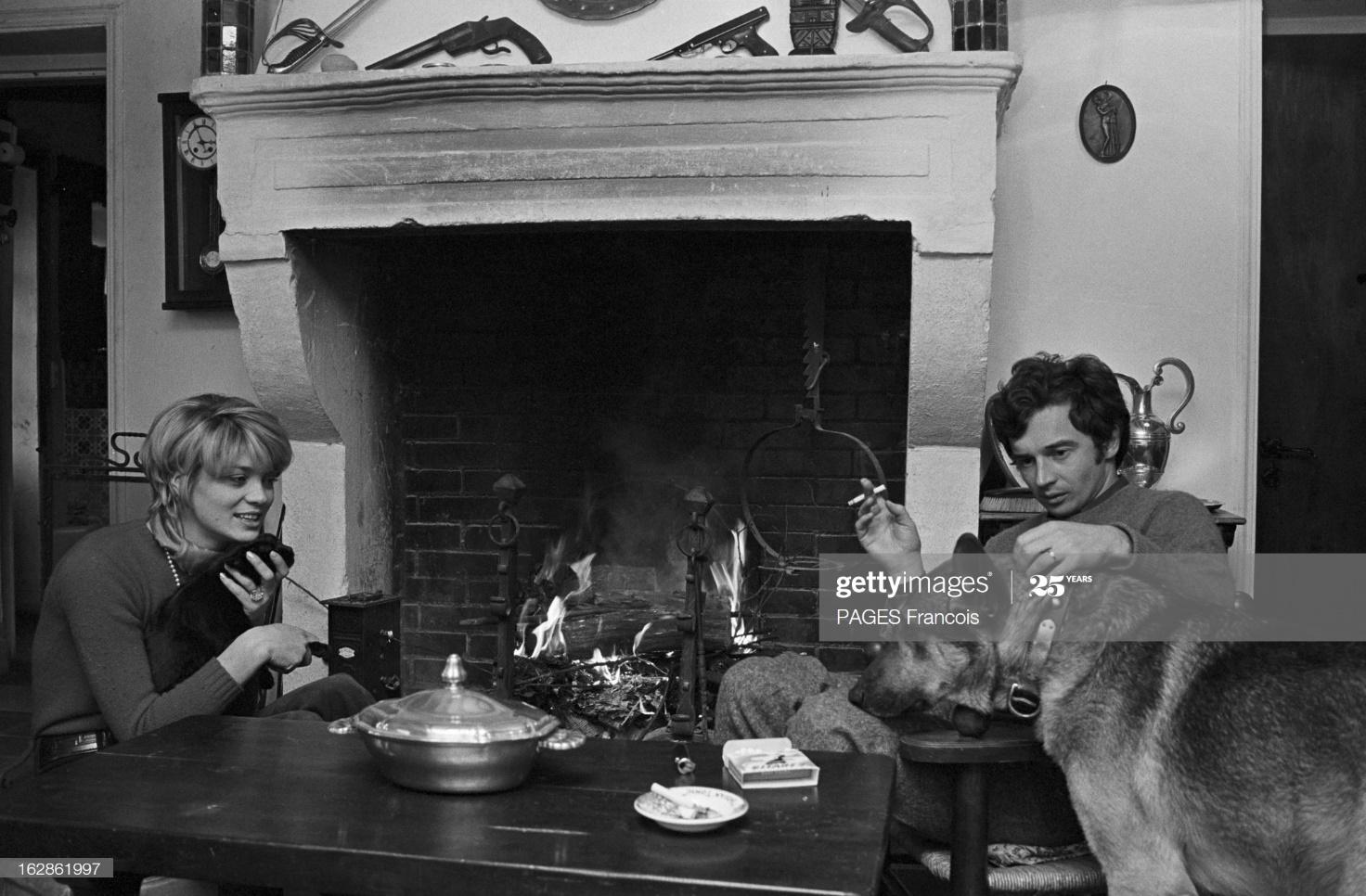
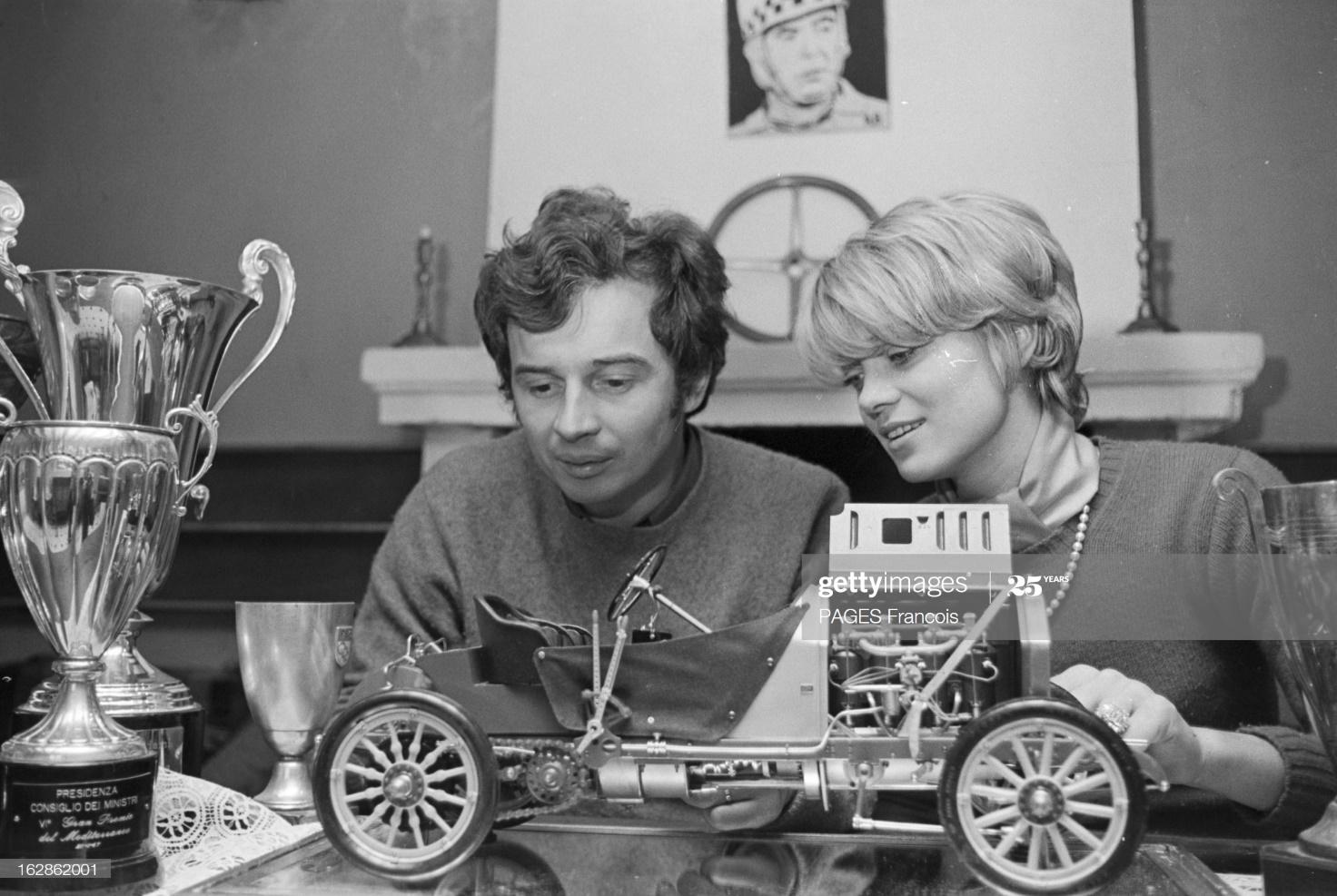
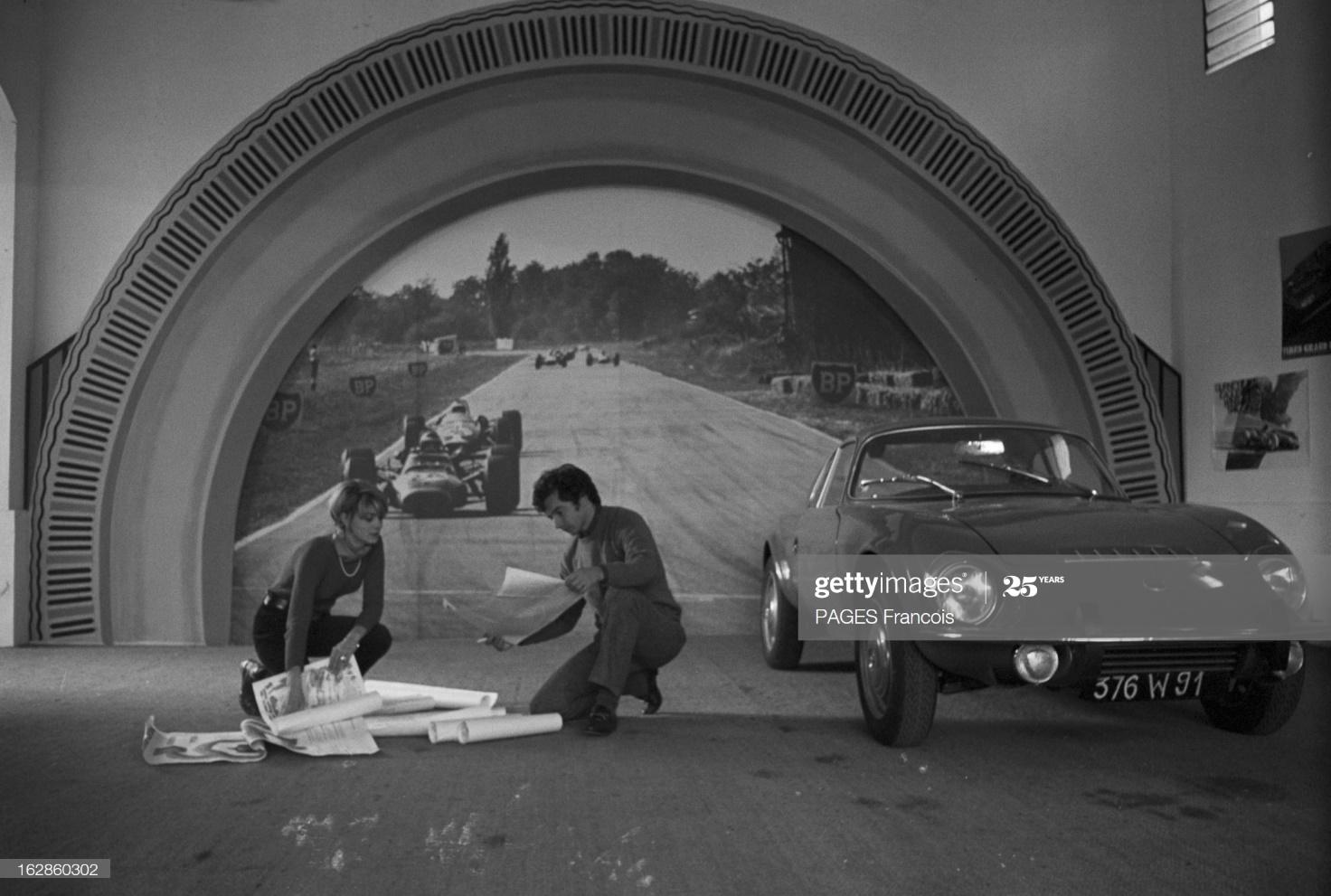

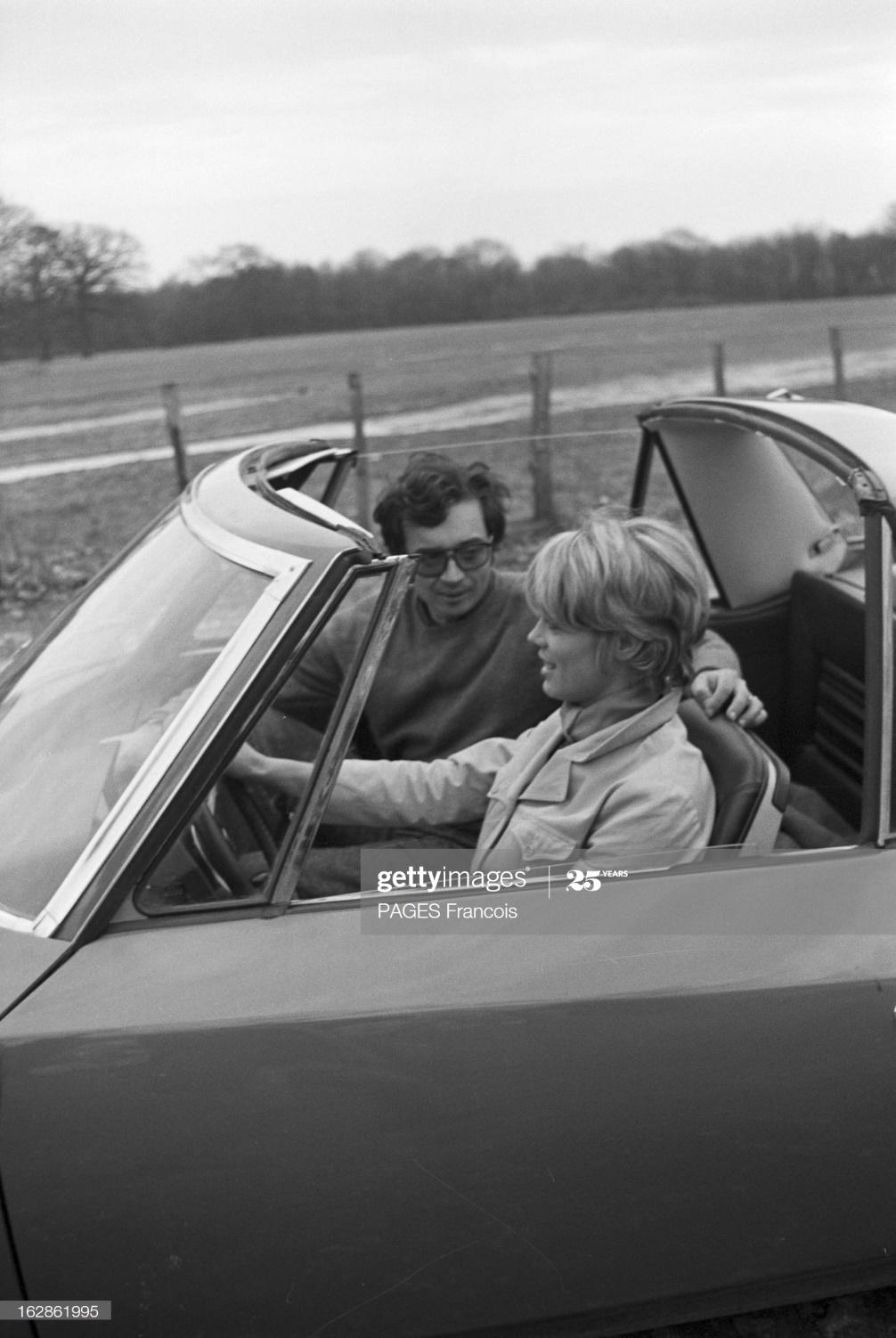
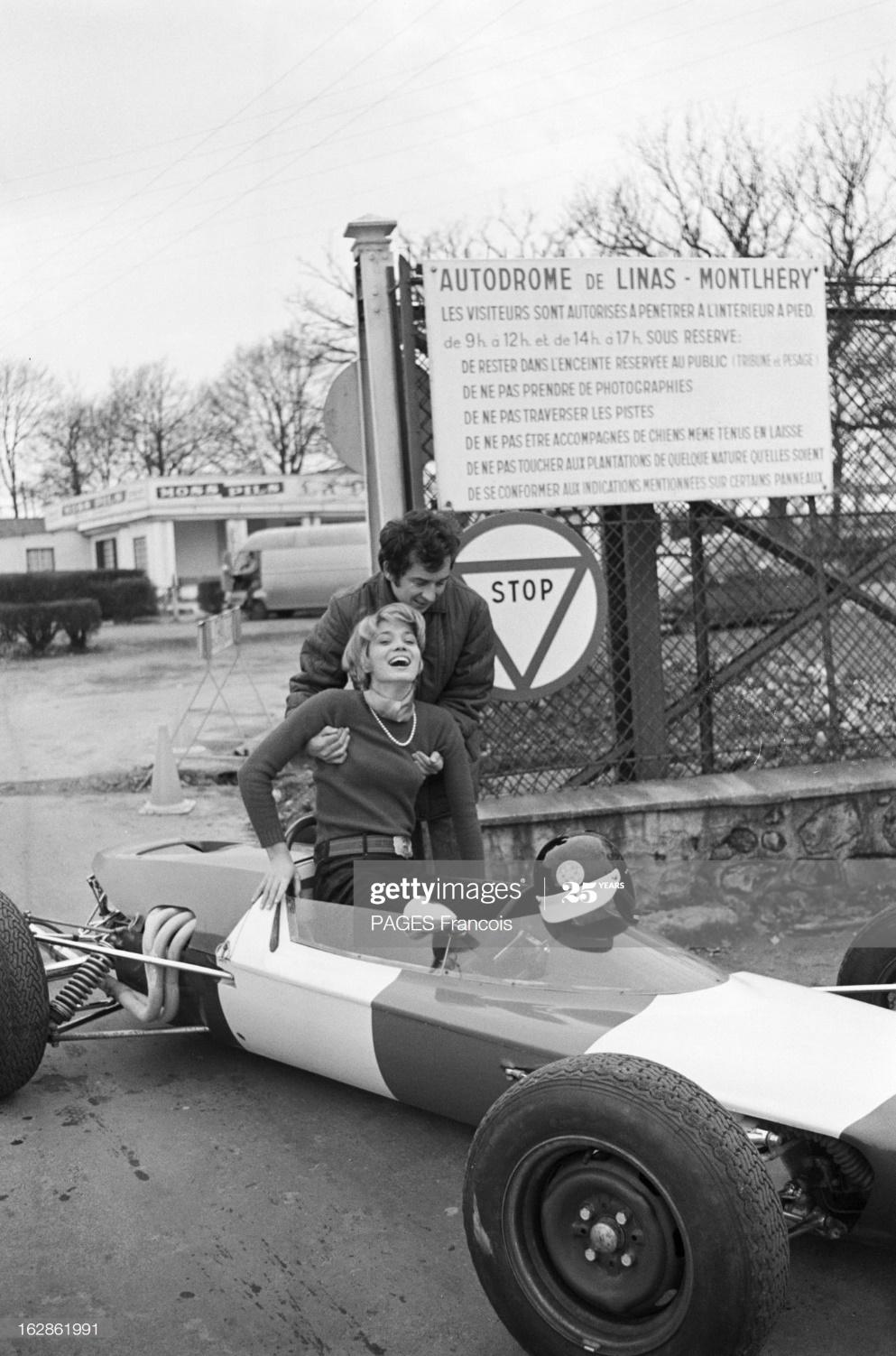
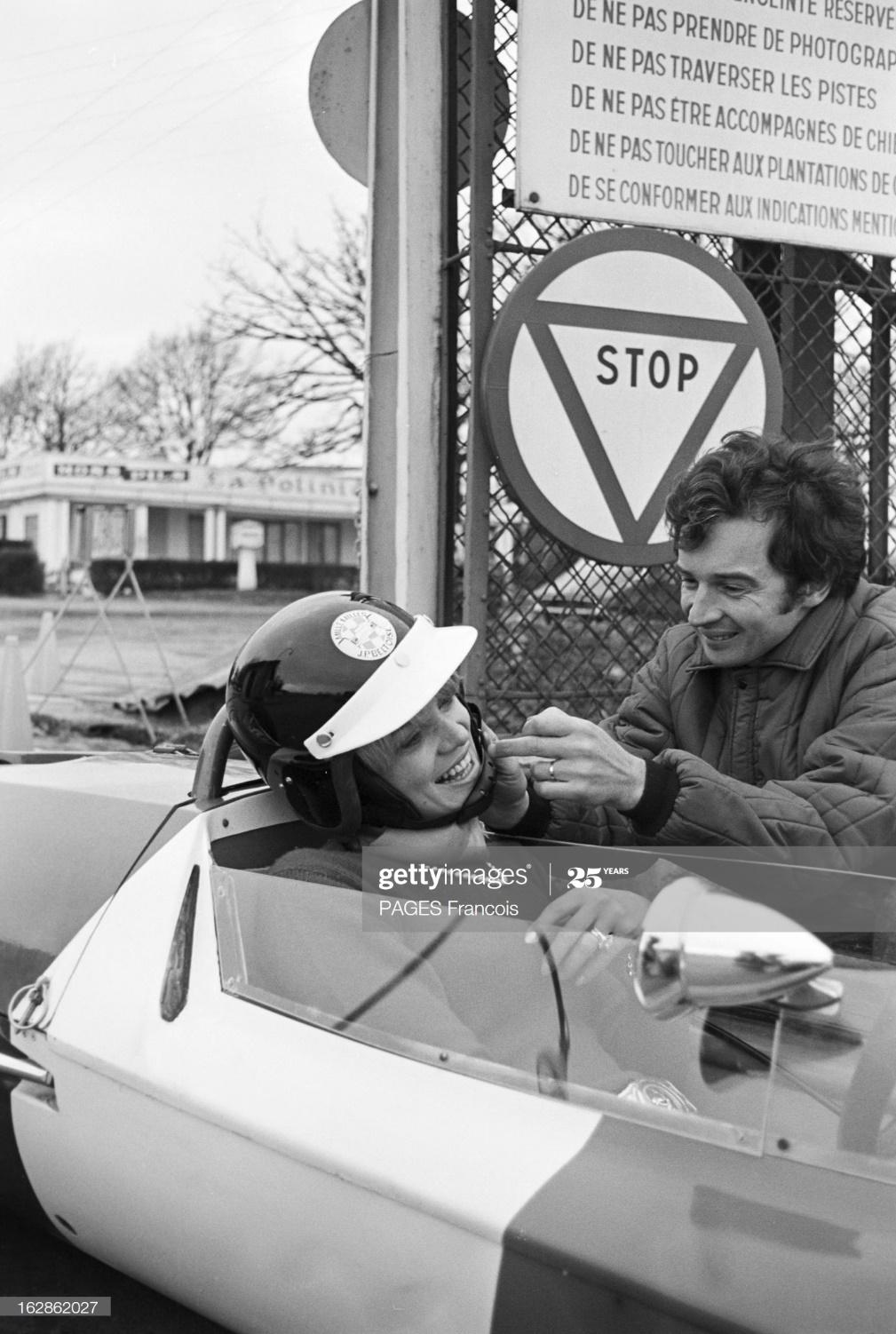
Ignazio Giunti
Ignazio Giunti: 4-wheel pastoral. By Diego Mariottini.
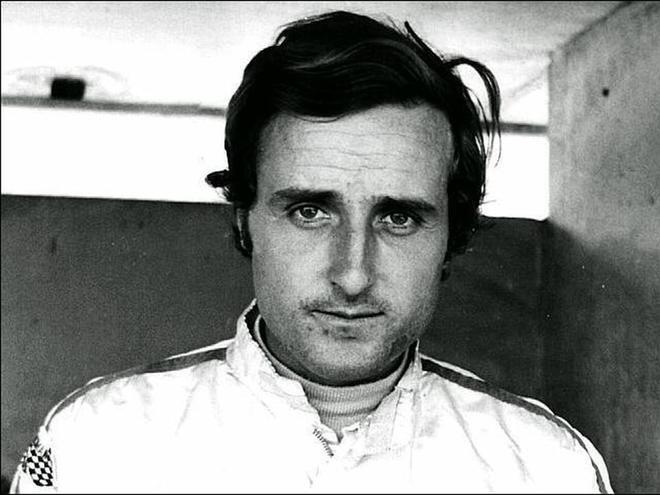
He was not yet very popular with the general public but he would have been. He did not have enough time. In the racing environment he was considered the rising star. Instead, Ignazio Giunti's life ends suddenly, on January 10, 1971, after a terrible accident in Argentina during the 1000 kilometers of Buenos Aires. The sudden end of the Roman driver becomes a real case that will force decision-makers to review (without great immediate results, to be honest) the rules of safety in a racetrack. Out of any legal norm, all lovers of racing will be discouraged by losing a growing champion not yet thirty years old. A man and a driver of noble extraction but, above all, a true gentleman, beyond any formal coat of arms.
Thus the chronicles of the time: “Giunti, largely in the lead with the Ferrari 312 PB, was following the lapped Mike Parkes on the Ferrari 512 when, facing the last hairpin before the finish, the couple found in full trajectory the Matra that Beltoise was pushing by hand. Parkes was able to avoid the impact but for Giunti there was no escape, hitting the back of the Matra and carambulating along the straight of the pits for 150 meters. The violence of the collision and the consequent fire left the driver no escape, despite his crewmate Arturo Merzario - in the pits waiting to relieve him - had launched himself on the wreckage to try to pull him out of the stake: the death occurred at the hospital two hours later for burns.”
An atrocious fate. "It was an inconceivable misfortune and the maximum culprit remained unpunished as well as any dispute was avoided to the one who, if did not favor it, did nothing he could to avoid it, Enzo Ferrari wrote in his “Piloti che gente”(Drivers, what guys they are). Giunti came from the Sports cars and on our 312Ps he revealed himself completely but he could have consolidated a brilliant future also on the single-seaters… He had a lot of talent and passion and many of us loved him.”
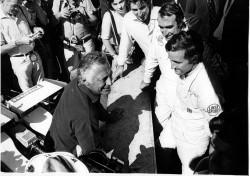
Ignazio Giunti in the Ferrari pits with Regazzoni and the lawyer Gianni Agnelli.
“Enzo Ferrari had a good memory of him but, above all, the mechanics and when one is loved by mechanics it means that he is one of quality.” Luca Cordero di Montezemolo
“He was a gentleman, as is rarely found in the automotive world. And this, I believe, stemmed from his education. He left an especially human mark, the drivers were different. In those days it was difficult to get to Formula 1 but I think if he hadn't died he would have gotten there.” Mauro Forghieri
If you have blue blood, no one cares about you.
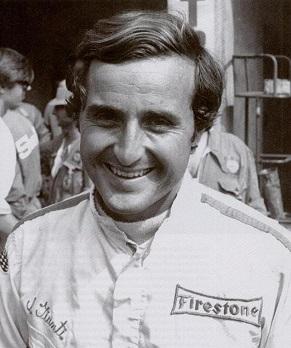
Indeed you will be considered a daddy’s boy, a spoiled brat. A person on whom a miracle has been worked or so. If you have family money, they will never forgive this. Because there will always be someone ready to say that you did it only because you have the right money and the best connections.
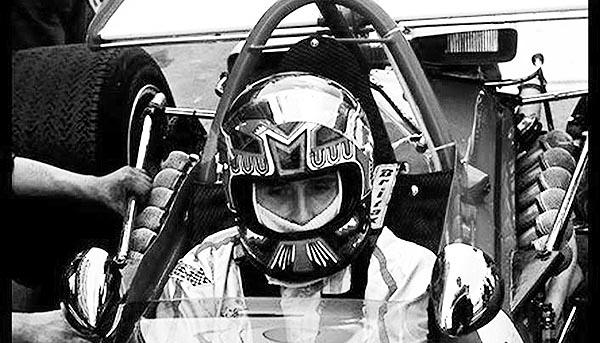
Yet Baron Ignazio Giunti has talent. Born in 1941, scion of an aristocratic Roman family but with roots and interests in Calabria, he has a passion for engines since he was a boy.
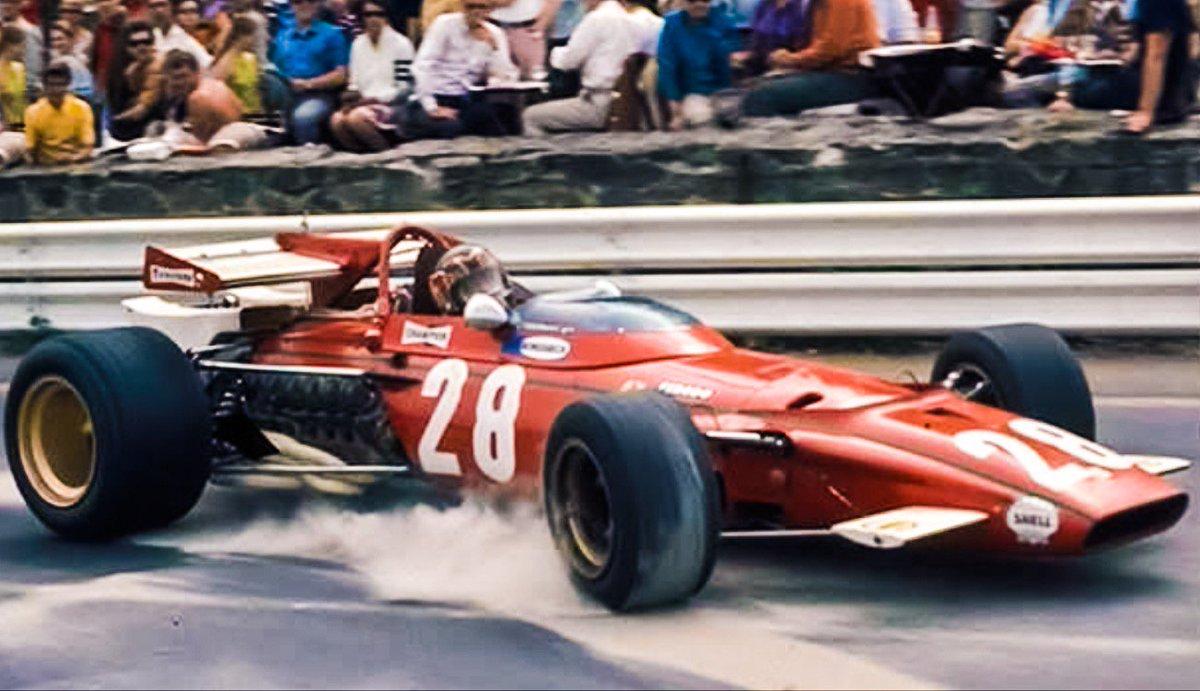
He is just a teenager and already has clear ideas: even if his family will not like this, he will become a Formula 1 driver. He feels inside himself talent and right ambitions. His innate modesty hides that inner fire that contains all the X factors necessary to break through. But what he wants to belong to is a difficult, ruthless, soulless world. Everything revolves around business and, if you have a heart, you must know from the beginning that the vital organ alone is not enough. You also need the courage to dare, rationality to plan, a certain ruthlessness when needed. On this last aspect the young Ignazio has yet to work, for the rest everything is already there. He is a determined, thoughtful boy, friendly in his ways and at the same time reserved. He possesses an analytical mind but, when necessary, he can also make instinct work properly. However, the Giunti family continues to disagree with his choice, at home they would have other expectations. So Ignazio knows that he will have to do all alone to get to the top. Parental hostility is something that can make people cynical, tough, greedy and ruthless. Even someone like Niki Lauda has experienced a number of important denials in the family. The idea of having a driver child is badly digested by a family of Viennese bankers. For this reason, the young Lauda will have to refine to his advantage otherwise negative qualities such as coldness of mind, absence of scruples, lack of empathy with others. Niki Lauda does not become, he reveals himself. Giunti will never be like this: a marked sensitivity and an elegant and thoughtful trait in addressing his collaborators, even in the most difficult moments, will never conflict with an iron sense of discipline. Quality, the latter, which from a certain moment on will make the eyes of a very experienced man rest on Ignazio. One who recognizes human and professional quality even miles away: he is Enzo Ferrari. The Drake is accustomed to always look beyond appearances and immediately notices in Giunti a sobriety in the behaviors today unknown to any prominent sports figure. A trait that alone does not yet make a champion but that can complete the profile very well when the talent is there. The mess tin is the one typical of many drivers. Initially his driving style was truly reckless, almost inclined to acrobatic performance. At the age of 20, unbeknownst to Messrs Giunti who look to their hotel in Sangineto in the province of Cosenza in Calabria where their son had spent most of his childhood to pretend not to understand, Ignazio starts with the hill climbs. The first car is a rented Alfa Romeo Giulietta TI. The results are appreciable, the following year the driver switched to more powerful cars and made his debut in track competitions in Vallelunga, the legendary racetrack north of the capital.

Two years of "apprenticeship" passed and, in 1964, Ignazio placed second in the Italian Championship. He will take part in several races in Europe with the Fiat-Abarth 850TC of the Bardahl team, continuing to be unbeatable on the Roman circuit. The nickname "reuccio di Vallelunga" (little king of Vallelunga) will be exhaustive in this sense. In the 1966 season a first fundamental leap in quality took place. Formula 1 imposes a fairly strict procedure but you also need the right opportunity to take the right step towards it. Giunti participates in the Italian Formula 3 championship, obtaining third place at the Mugello Circuit with the Giulia GTA. The same year he joined the Autodelta which then ran the official Alfa Romeo Giulia GTAs, great protagonists in the 60s both on the track in Eurotourism and in the uphill races. In 1967 Giunti won the tourism category of the European Mountain Championship with the GTA, highlighting himself definitively and landing in the sports prototype category, always with Alfa Romeo.
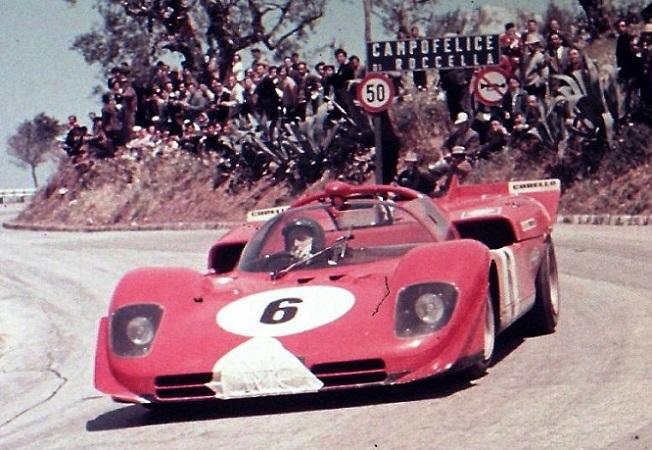
F1 69, Ignazio Giunti at Targa Florio.
In the same season he won the Italian Championship for sports cars, finishing second at the Targa Florio and fourth at the 24 hours of Le Mans.
The participation in the world championship series continues also in 1969 in conjunction with the tourism races and is not immune from risks given that, at the beginning of the previous season, the Roman driver had suffered a serious accident in the tests of the 24 Hours of Daytona from which he came out quite battered, with injuries to an arm and several bruises on the face. 1968 is also the year in which Giunti meets his future girlfriend, Mara Lodirio, a pretty photomodel in her early twenties and highly valued at the time. Just like the Austrian colleague Jochen Rindt who in '67 had married the Finnish Nina Lincoln, also a model and daughter of an important businessman who delighted in motor racing, this was, so to speak, a fascinating aspect of the life of Giunti, who had now risen to the fore of the national chronicles and was recognized almost everywhere, especially in his hometown of Rome.
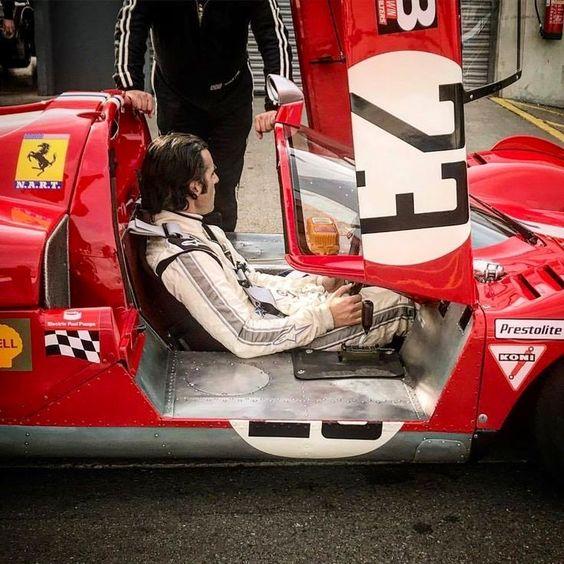
The notoriety became even greater when, at the end of 1969, by virtue of the performances put on display with the 33 in the Marche World Championship, the 28-year-old Roman was called as an official driver by Ferrari. The Commendatore, who mainly hires him to drive the prototypes of the Cavallino, promises him that he will also have the opportunity to participate in some Grand Prix at the wheel of the F1 car. 1970 is the crucial year: Ignazio wins in team the 12 hours of Sebring with the 512S, gets second place at the 1000 kilometers of Monza and third places at the Targa Florio and at the 6 Hours of Watkins Glen. His are not rumors but concrete facts and it is on those that the competitiveness of a driver is measured. Above all, the results open Formula 1's doors to Ignazio Giunti, behind the wheel of the Ferrari 312 B.

Ignazio Giunti in a Ferrari 312B at Belgium Grand Prix in 1970.
The F1 debut took place in the Belgian Grand Prix at the Spa-Francorchamps circuit in June 1970.
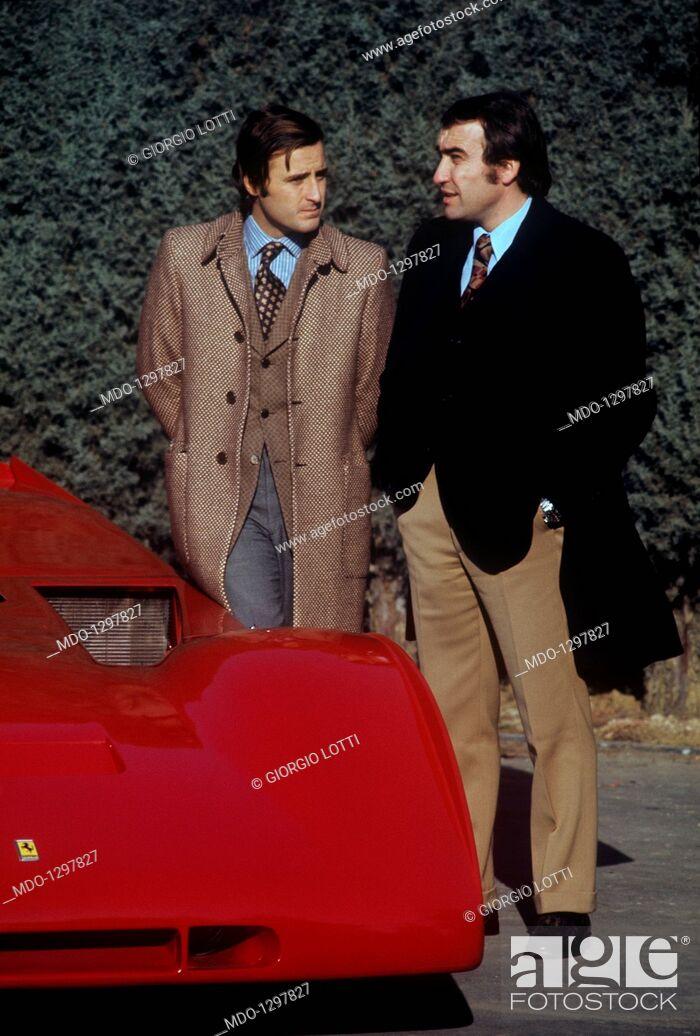
On that occasion Giunti took the place of Clay Regazzoni, of whom he was very close friend, in the cockpit of the second 312B, finishing fourth at the finish.
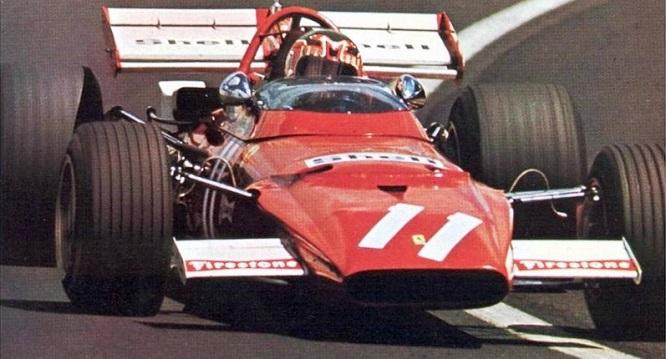
Ignazio Giunti in a Ferrari 312B at French Grand Prix in 1970.
A good debut that allowed him to have a new opportunity also in Clermont Ferrand, for the French Grand Prix, where he was forced to retire three laps from the end.
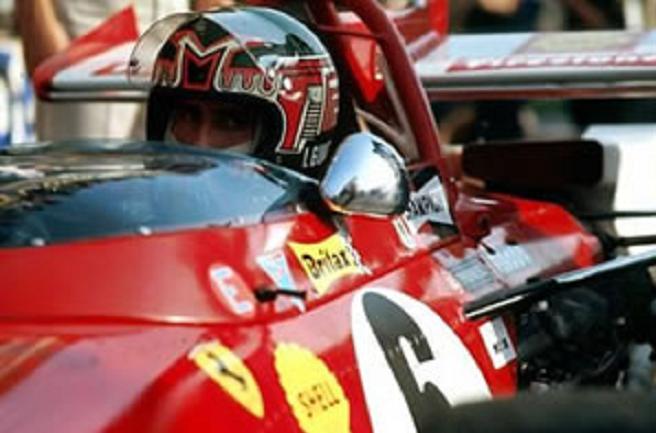
F1 69, Ignazio Giunti at Monza in 1970.
Ignazio disputes the other two races in which Ferrari allows him to participate with the third car at Zeltweg and Monza. In Austria he takes a seventh place on the day of Ickx and Regazzoni's double with the other two 312Bs while in Italy, in front of his home crowd, he is victim of a feeding problem that forces him to another retirement, when Clay instead boasts himself of the first career success in the Circus. In any case, the results achieved in 1970 are worth to Ignazio the reconfirmation by the Drake, even if Giunti himself had thought of leaving the Cavallino because the Scuderia would not have guaranteed him a single-seater for all the Grand Prix of the '71 season. His main task was still to be a driver in the Manufacturers’ World Championship, where Ferrari would field the new 312PB to try to counter the overpowering of the Porsche 917. On August 30, 1970 Ignazio Giunti turns 29. He doesn't know, he can't know, that this will be his last birthday. The race debut took place on January 10, 1971, which remains in history as a dramatic day for car racing.
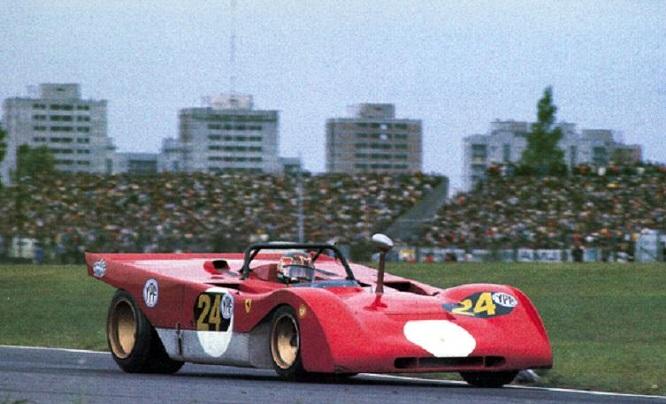
F1 69, Ignazio Giunti at Buenos Aires in 1971.
Buenos Aires, January 10, 1971, it’s around 10 in the morning when the 1000 km is underway. Ignazio Giunti, who competes in pairs with another crewmate, the Italian Arturo Merzario, is firmly in command. On lap 38, the Frenchman Jean-Pierre Beltoise on Matra runs out of fuel near the last bend before the main straight. Beltoise thus decides to reach the pits by pushing his car by hand. Near the last left corner the French driver corrects the trajectory of the car that is going too much towards the center of the track, moving alongside his Matra. The goal is to turn the wheel. Just then Giunti and Englishman Mike Parkes pass by. The Italian is about to lap Parkes when, faced the last hairpin before the finish, the two find in the trajectory the Matra that Beltoise is pushing by hand. Being in the wake of the Red of Parkes which covered his view and thinking that the latter would have given him way on the right, the unfortunate Giunti had almost no time to react when he found himself in front of the obstacle represented by the blue car of Beltoise. Parkes manages to avoid the impact by miraculously slipping into the space between the Matra and the internal curb but for Giunti there is no escape. The Ferrari hits the back of the Frenchman's car and rolls along the straight of the pits for over 150 meters.
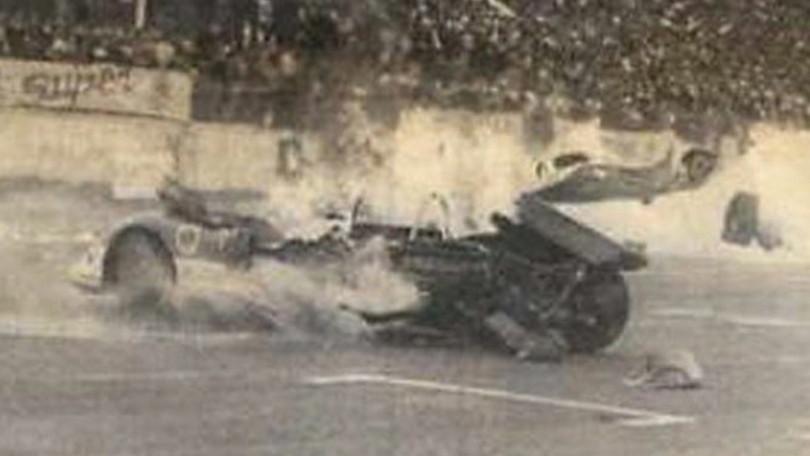
Then the car ignites with the driver inside. As a result of the third degree burns suffered, at 2.40 pm on that Sunday, Ignazio Giunti is officially declared dead. In the excited phases that follow, even a photographer present above the terrace of the pits loses his life after falling to the ground because of the huge crowd that had formed in the accident area. Emblematic is the shot that portrays a disconsolate Beltoise walking towards the pits and, in the background, the body of the poor reporter who lies lifeless on the asphalt.
Although the subsequent reactions were almost one-sided towards Beltoise's gesture, it must be said that the commissioners did nothing to dissuade the Frenchman from pushing the car in full trajectory.
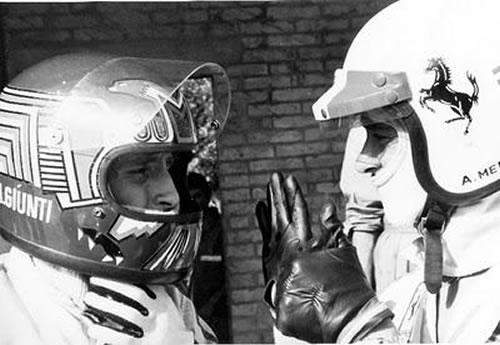
Ignazio Giunti and Arturo Merzario at Imola in 1970.
But, to understand how things worked in the racing world in 1971, it is very useful the testimony released forty years later to Autosprint by Arturo Merzario, that that day was Giunti's coéquipier on the 312 PB number 24: “Jean-Pierre felt besieged with no escape. We've talked about it in the past, although he has always been reluctant to deal with the topic. They put a blame on him that he did not entirely deserve. In Monza they hurled stones at him. He immediately admitted that he had done something stupid pushing his Matra into the circuit. But all of us, I say all, knew very well that there was an unwritten rule that must always be respected, under penalty of dismissal. I'm not kidding: the layoff. The little rulewanted us drivers to bring the car to the pits even at the cost of carrying it on our shoulders. This thing was true at Matra as well as at Ferrari, Porsche or Alfa Romeo. You had to bring the car to the pits, always and however, then the engineers would have determined if and how to get you back on track. Beltoise's behavior was therefore not something 'never seen before'. Of course pushing the car along the track was forbidden by the regulation but should have been the commissioners to stop you. And this way, however, you explained to your team that you had done everything possible." The same applies also to Parkes, who was later pointed out by Enzo Ferrari among those to whom a part of responsibility was attributed, as confirmed by Giunti's nephew on the occasion of the same article.
To explain the reason why the Englishman did not give way to the car driven by Giunti is always the very lucid analysis of Arturo Merzario: “you have to get into the spirit of the races of forty years ago, which is completely different from that of today. Then you had to struggle for all overtakings. Lapped drivers were not required to give way to the first. Now I don't remember well but I don't think they even showed the blue flag. Everyone on the track was making his race and no one dreamed of taking his foot off the gas to help you. Mike was in front, he had a car with almost double the engine capacity, definitely more powerful than ours, so it was difficult to pass with impetus. What has Mike got to do with it?" Words, those of the Lombard driver, which confirm how much the tragedy of Baires was the daughter of his time but which unequivocally made many understand that things had to be changed.
The commissioners and the race director, Juan Manuel Fangio, who had not opposed the maneuver by Jean Pierre Beltoise ended up in the eye of the viewfinder. A maneuver now considered absurd, at that time normal, although already prohibited by the regulations. At a certain point the French driver will even try to justify himself: «Giunti made a calculation and maneuver error, I myself am miraculously alive». Mario Andretti will be lapidary from America: "Ignazio's end is due to inadequate safety systems adopted in Europe and on South American racetracks. In the US Giunti would never have died in similar circumstances». Beltoise, for the first time in the history of racing, will suffer a disqualification for three races, a significant penalty for times when fatal accidents on track were classified as mere fatalities by the sports authority. Our country has lost a champion that would have given great satisfaction to our colors. An Italian car with an Italian driver, a perfect match. Unfortunately, this will not be the case. Of Ignazio Giunti we only have the memories and photos that immortalize him forever in those moments in which he did what he cared about the most, that is, racing in the car.
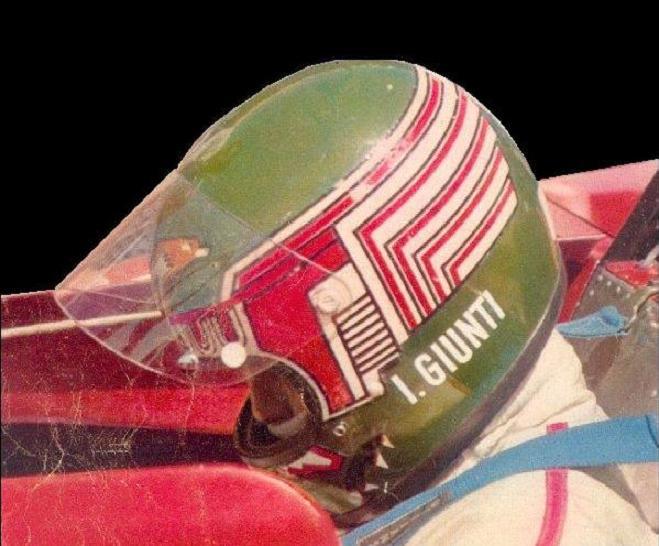
His helmet, with the double-headed eagle drawn on the cap, will remain forever in the memory of fans and his admirers. And, speaking of the helmet, its design, as revealed on the occasion of the fortieth anniversary of his death by Giunti's girlfriend Mara Lodirio, was made by a famous Milanese architect with the eagle that formed an M right at the height of the forehead, the initial of the name Mara.
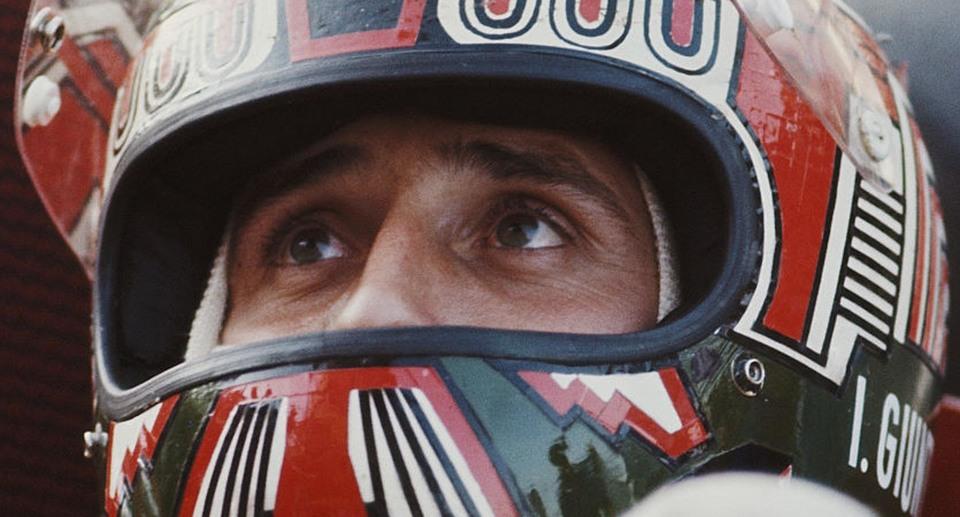
Piero Tusini Cottafavi is the grandson, son of Ignazio Giunti’s sister. Today he takes care of his uncle's image and memory. "I was 14 years old, he tells us, so I have very vivid memories. It was terrible; no one could understand that the absurd Beltoise maneuver had not been promptly stopped. In reality, over the course of time, different reading keys have arrived. The first was Enzo Ferrari. The Commendatore summoned us to Modena to offer his condolences. I remember very well that, surprisingly, he was angry with Mike Parkes because he had not given my uncle the way and had changed his trajectory at the last moment. 'Parkes will never set foot in Maranello', the Drake said. In reality we were stunned and we didn't care much about the quarrels among the people of the races. Certainly, I can say that Beltoise never showed up with us. For the rest I agree on the fact that there wasn’t only one to blame but a combination of unfortunate circumstances."

Despite coming from a noble family, Giunti was a discreet boy who did not like to live in the spotlight. In Rome, however, he was treated as a "little king" and, in fact, had some difficulty in going unnoticed. Also because, since 1968, he was engaged to Mara Lodirio, a beautiful Milanese model known in Cefalù during training for the Targa Florio. After leaving fashion, today Mara Lodirio is an entrepreneur in the sport fishing sector.

"It was an immense pain, I was 24 years old, the world fell on me - she says. Ignazio was a very sweet boy and his loss left me with a huge void: in the following two years I was dumbed down by the pain. I didn't follow motoring before meeting Ignazio and I left immediately after losing him." Mara still remembers with dismay how she had come to hate cars and racing: "A little over a year later Luigino Rinaldi died (in Brno, in May 1972), who was a brotherly friend of Ignazio. It was really too much."
Videos
Jean-Pierre Beltoise
Ignazio Giunti
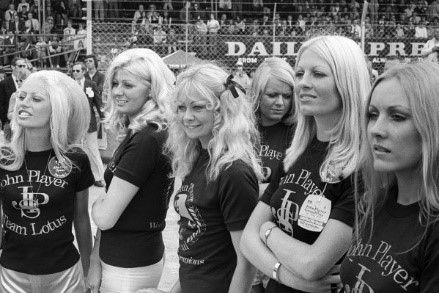
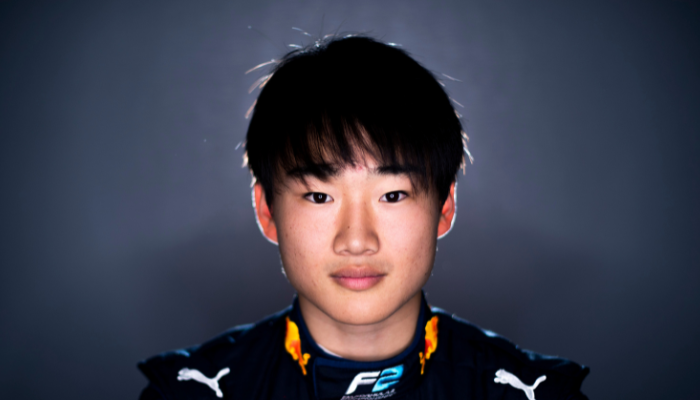
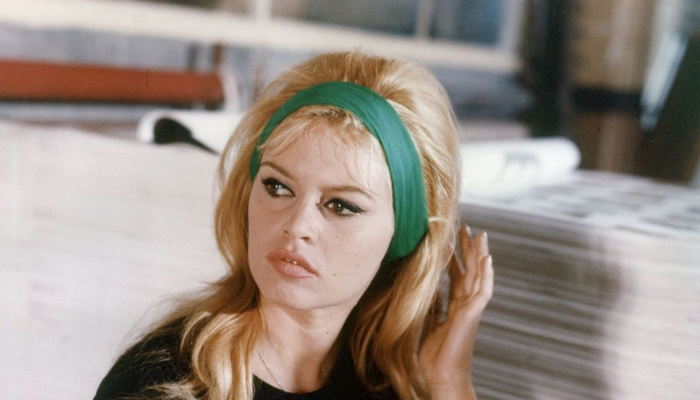
Comments
Authorize to comment